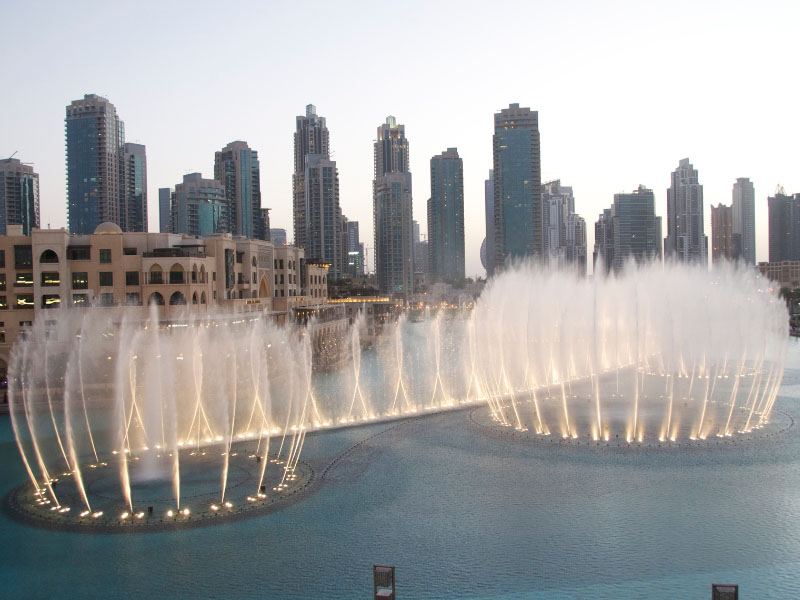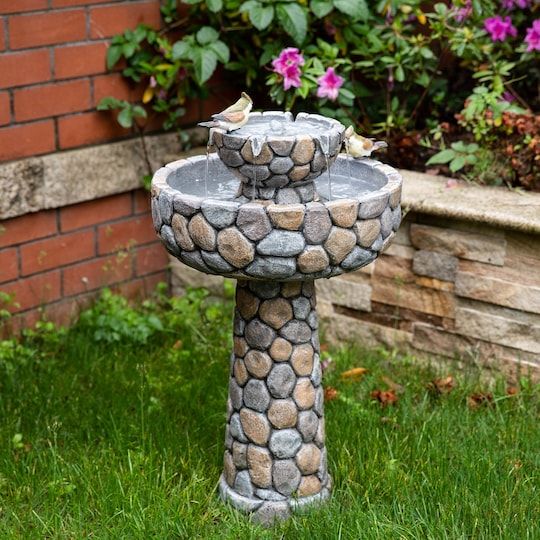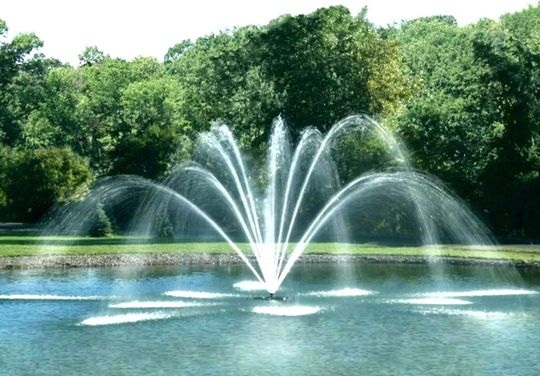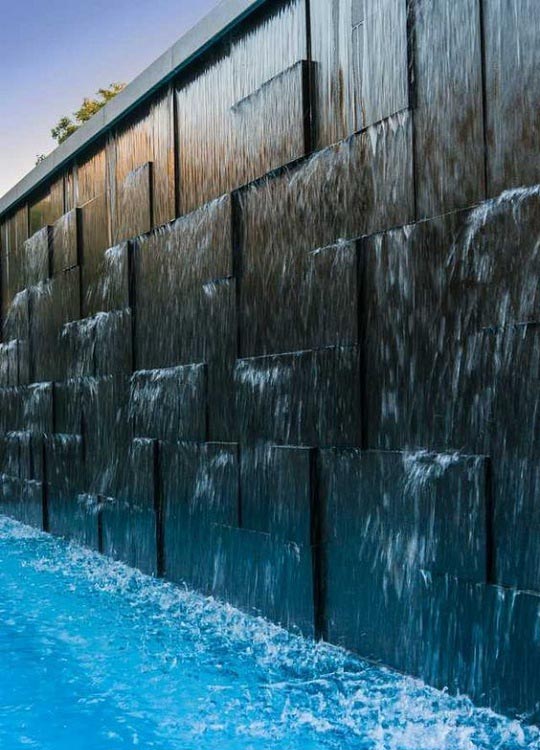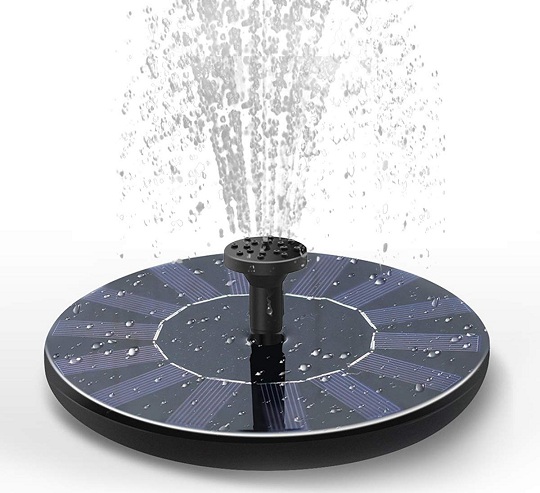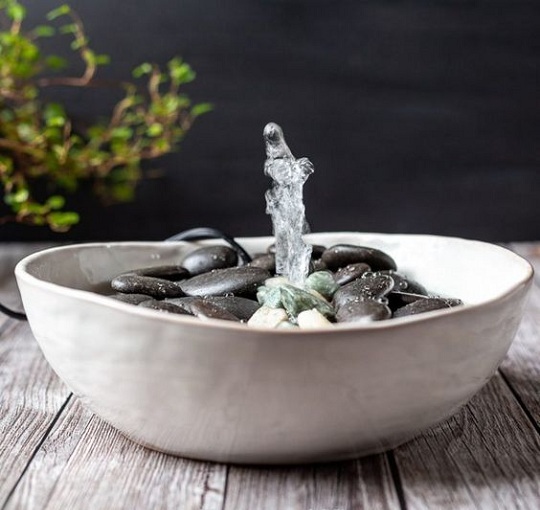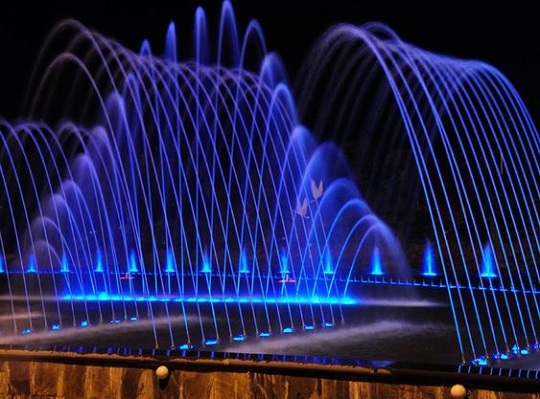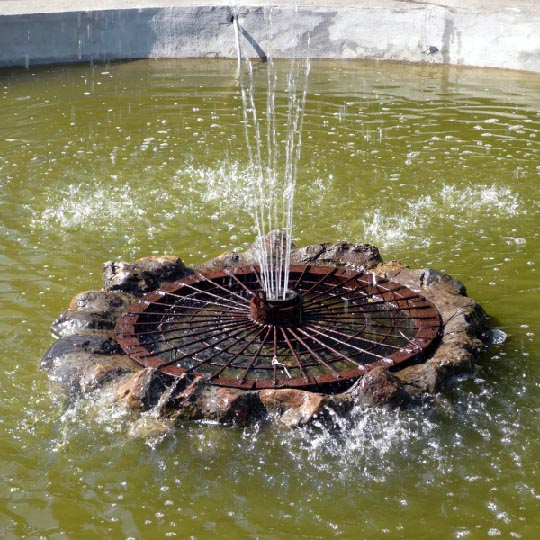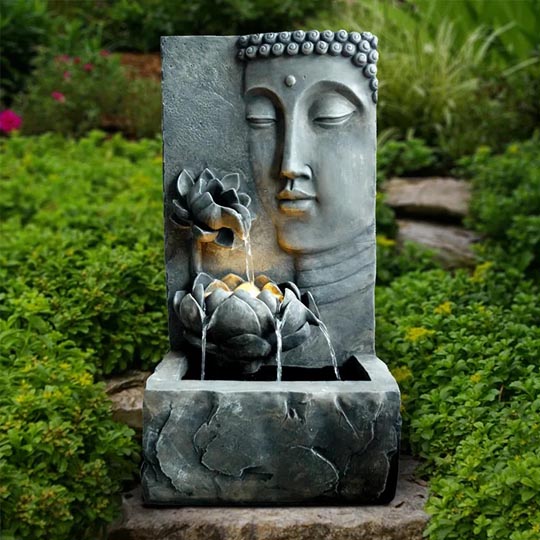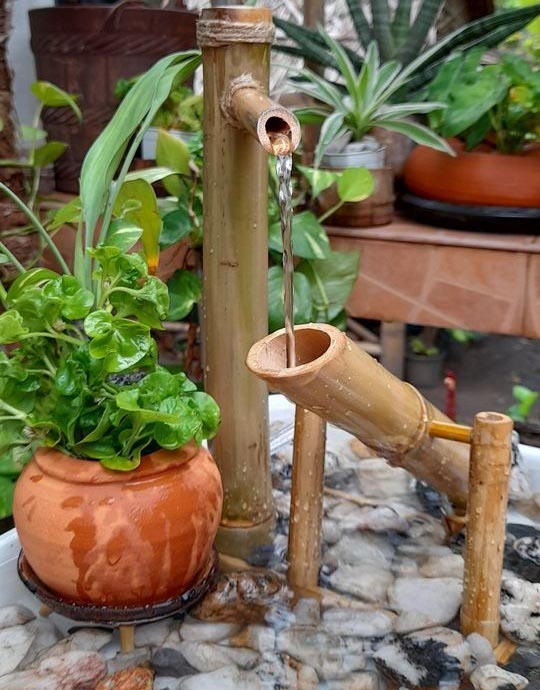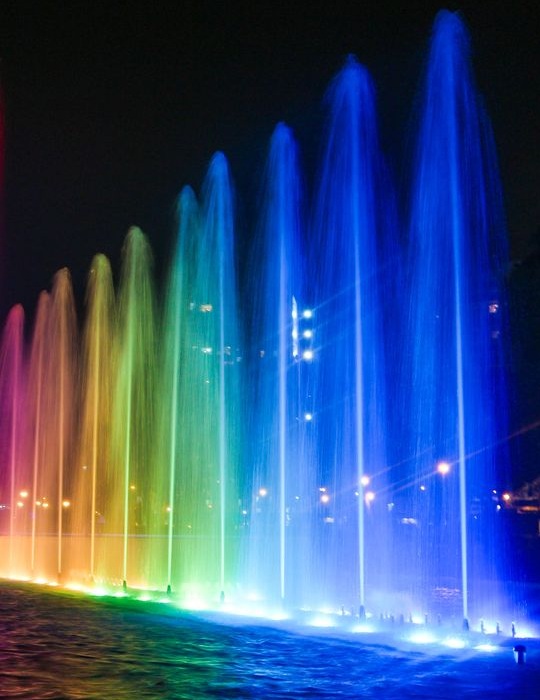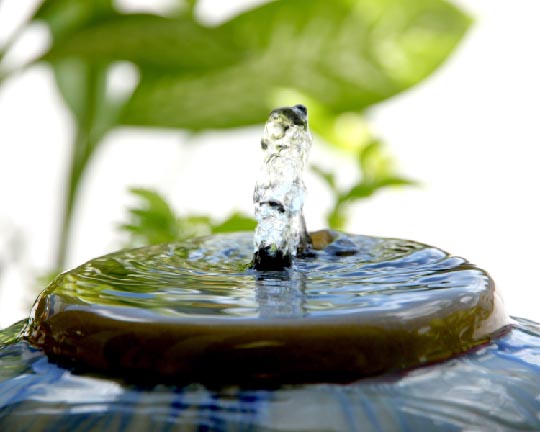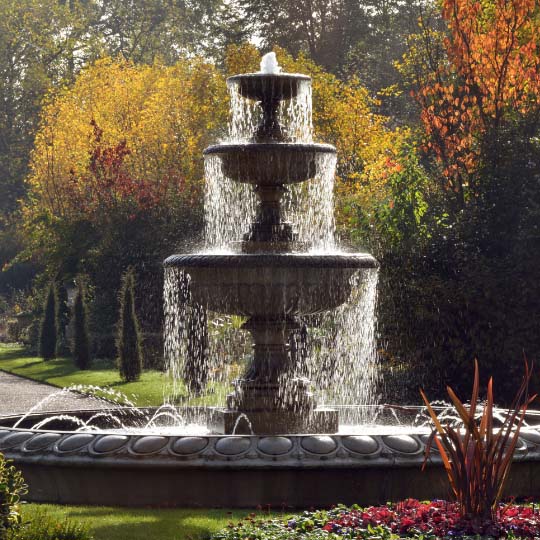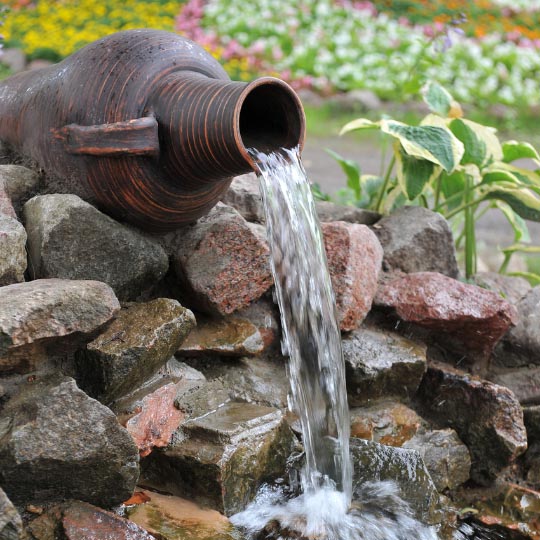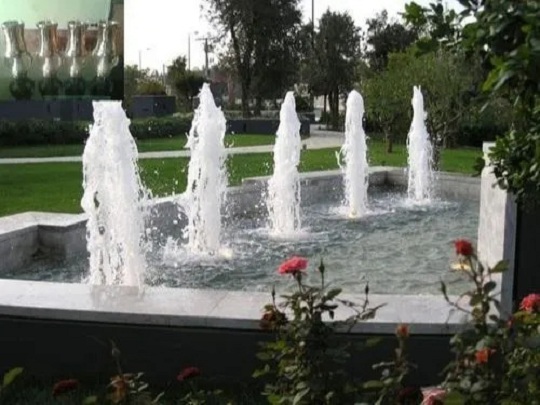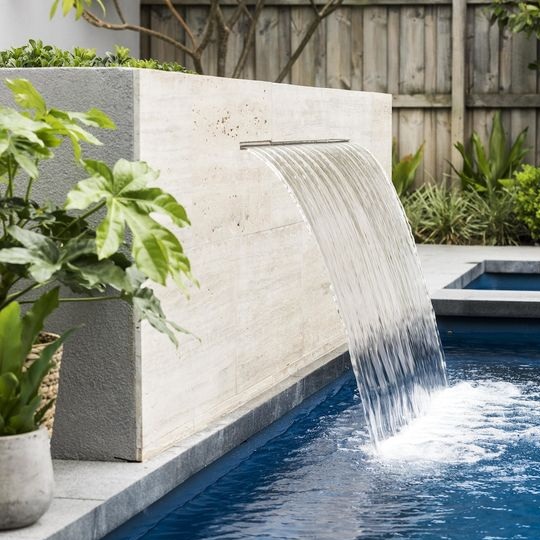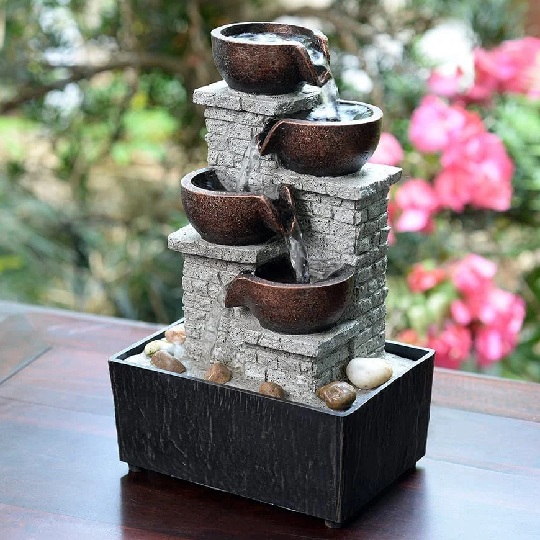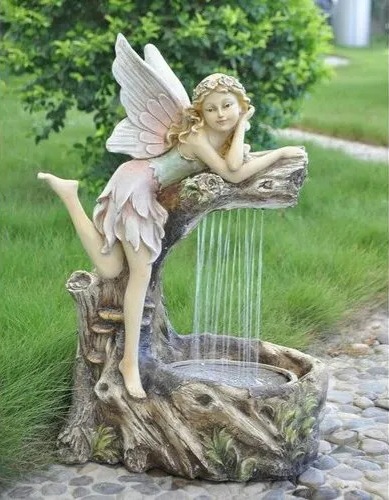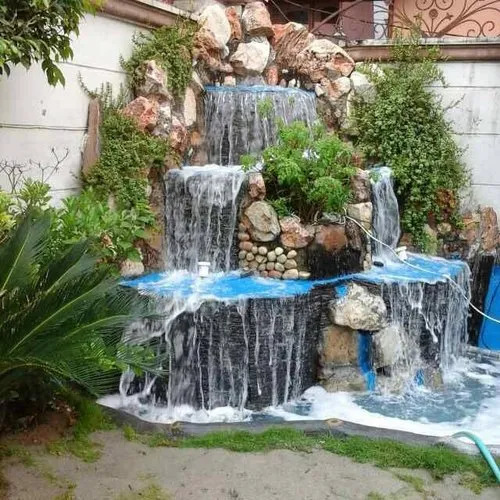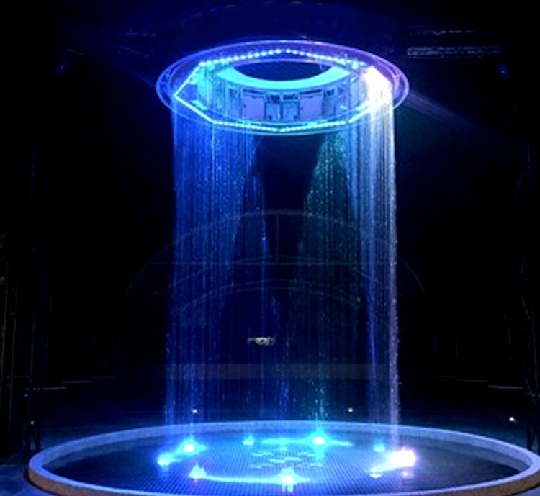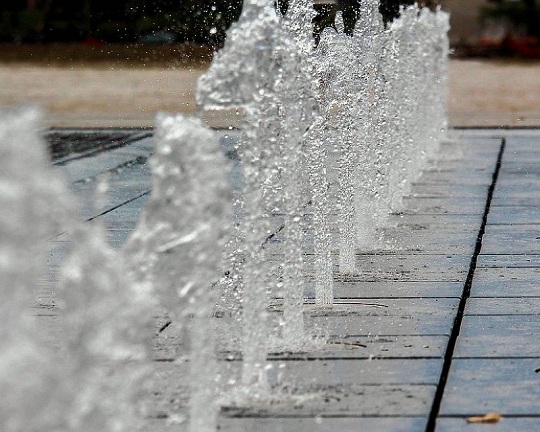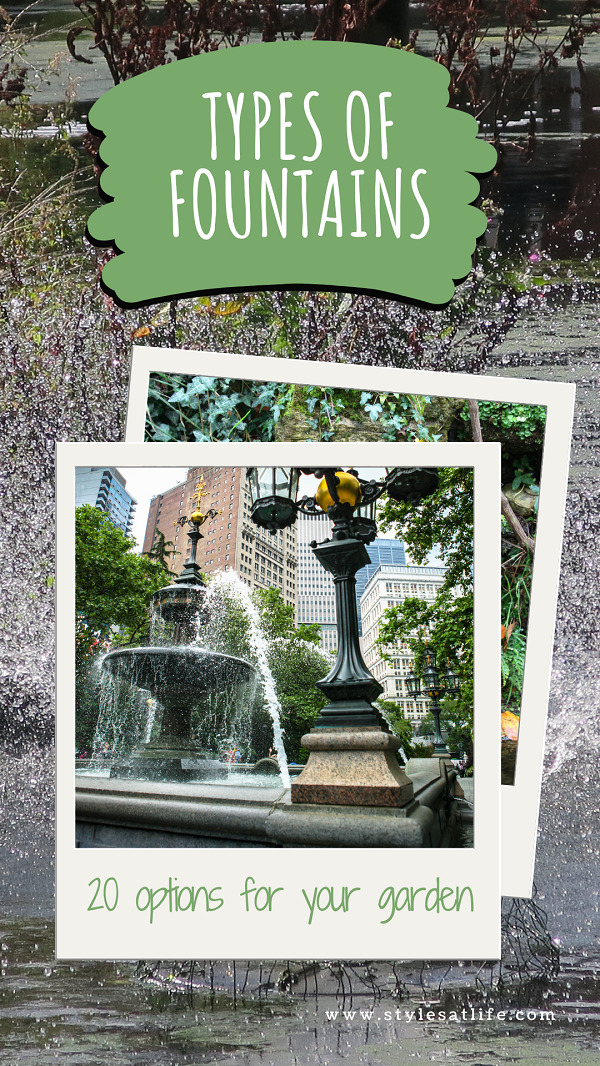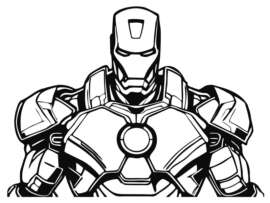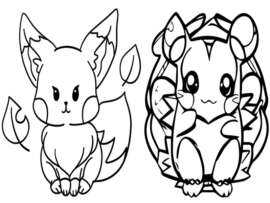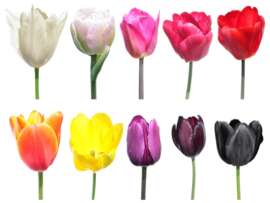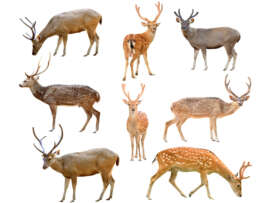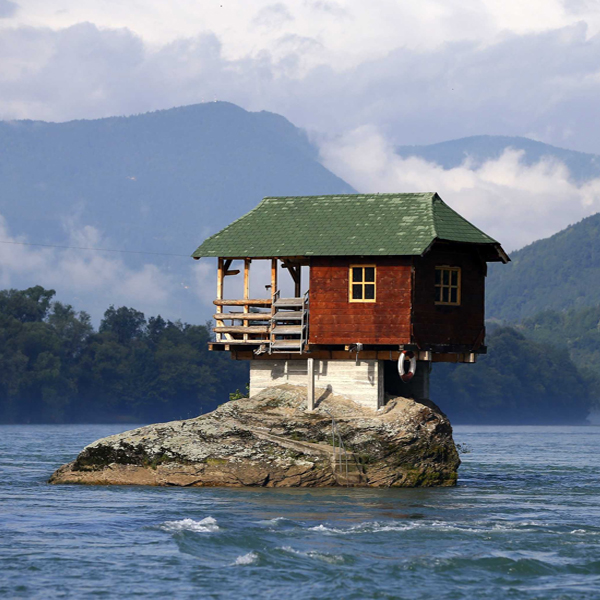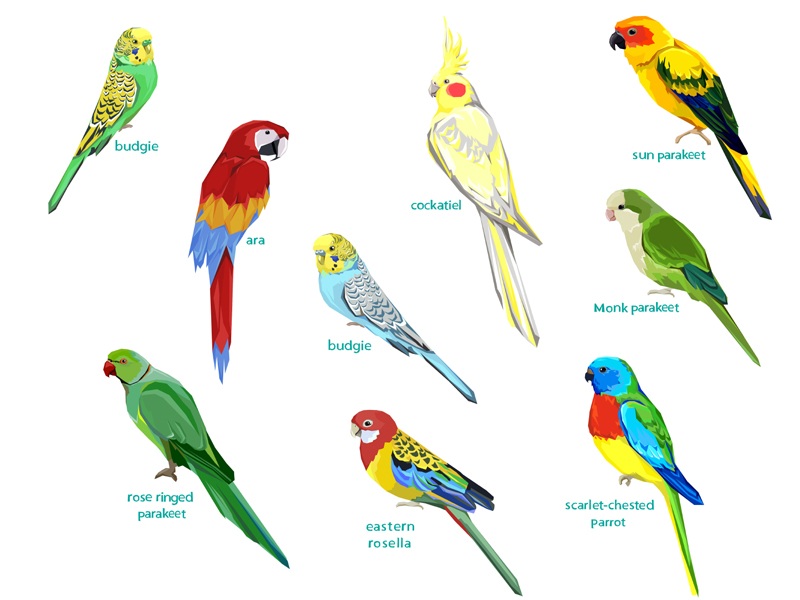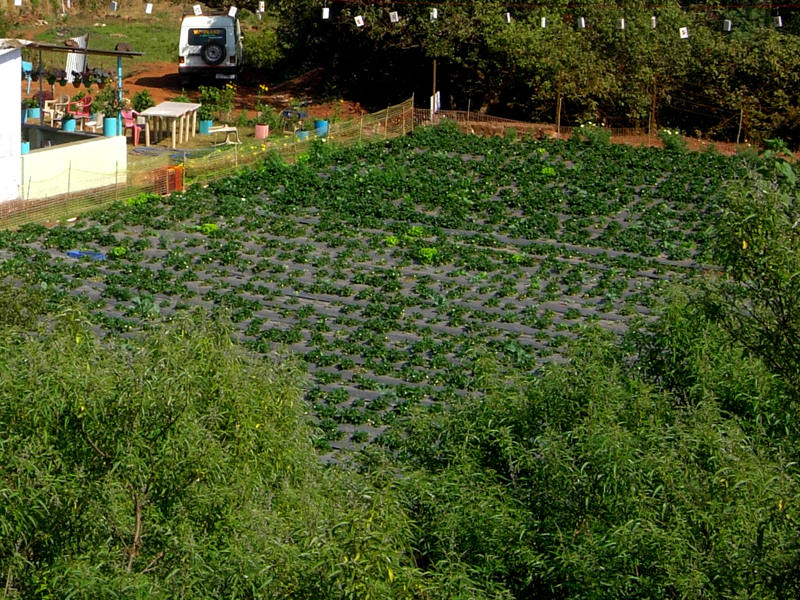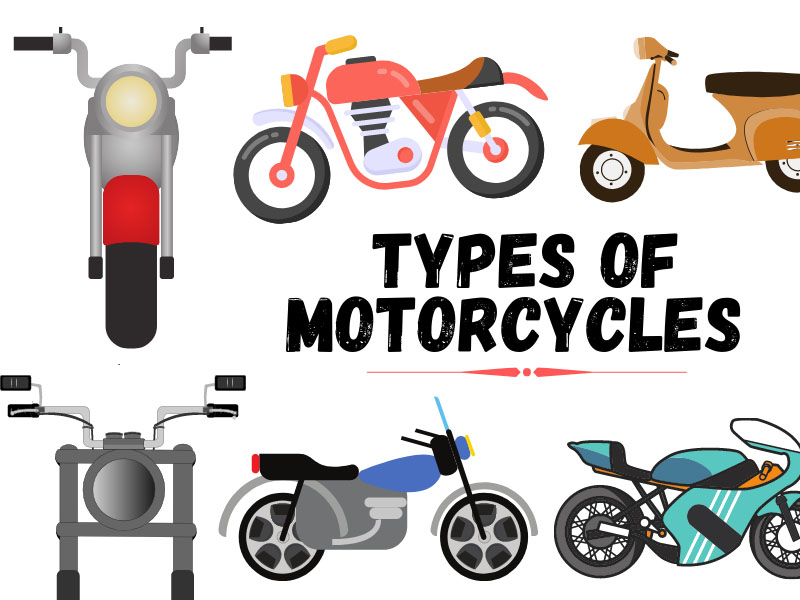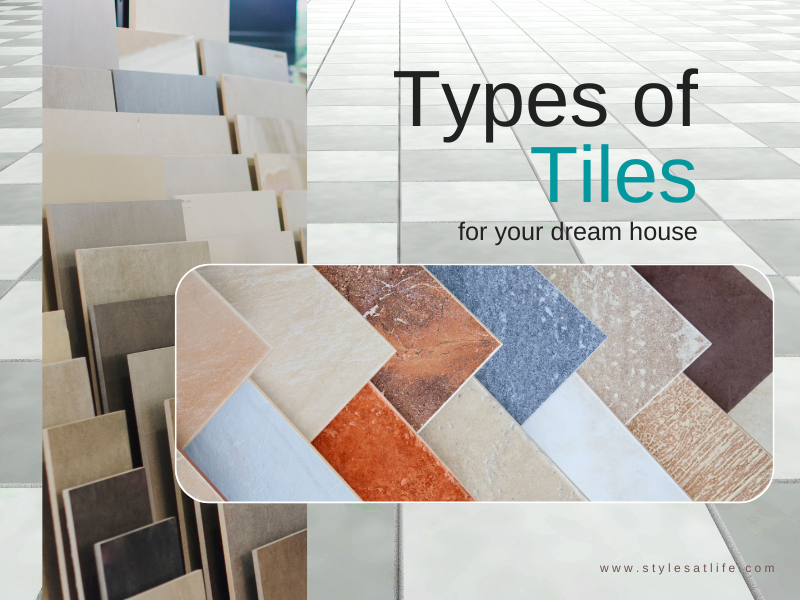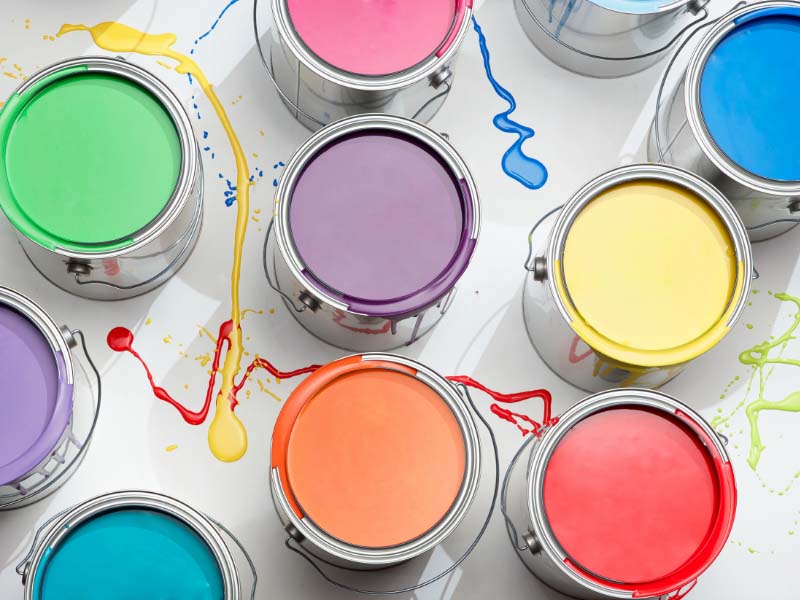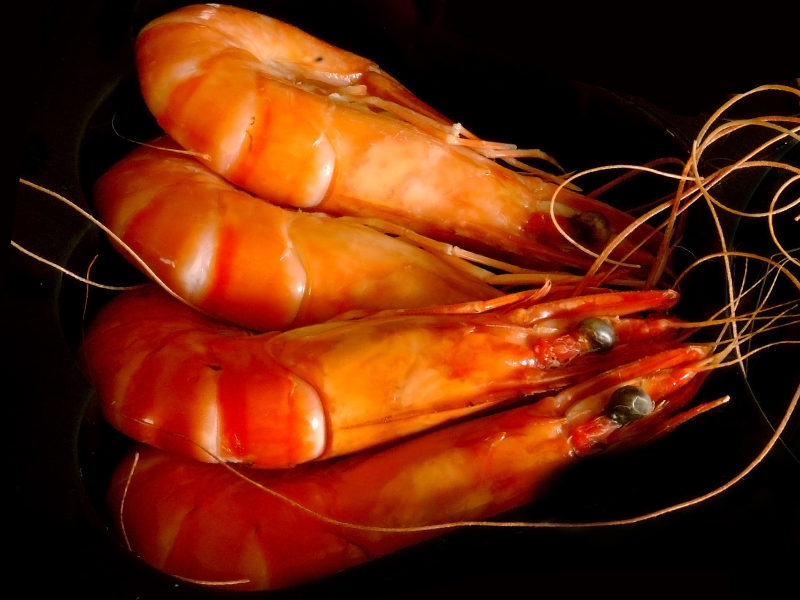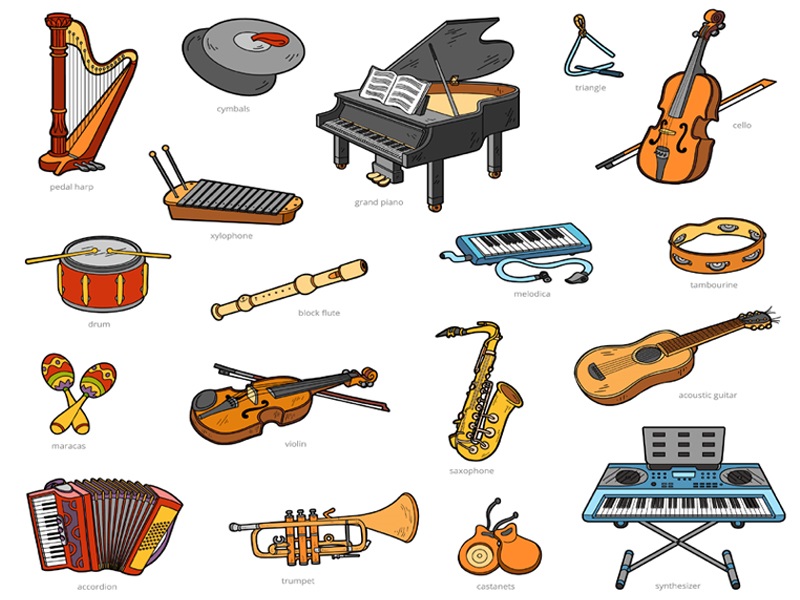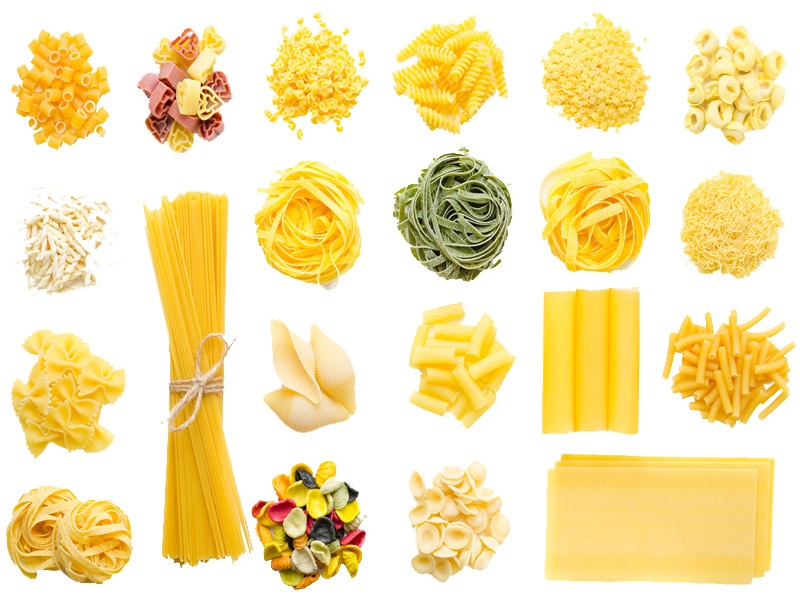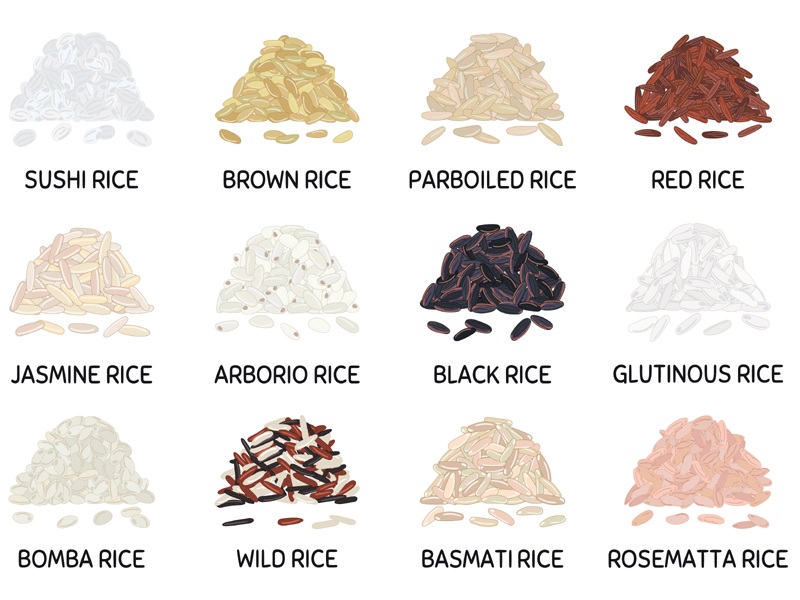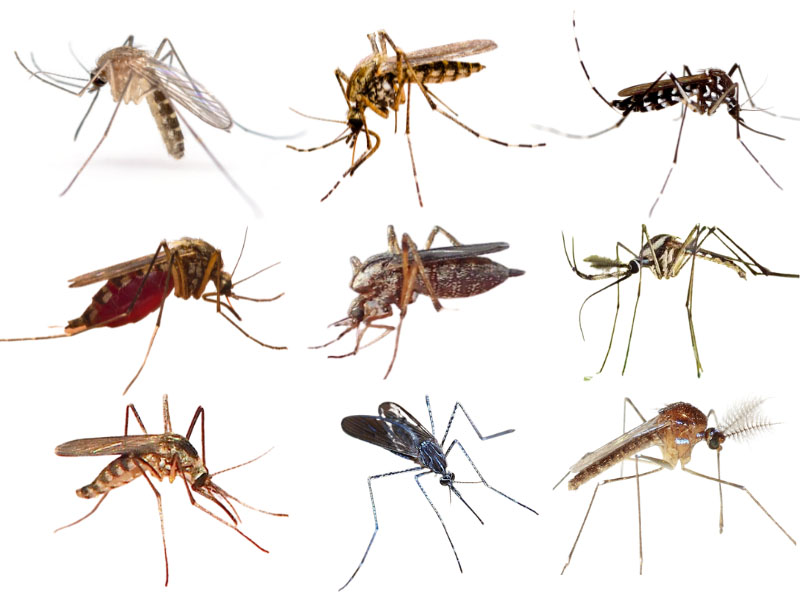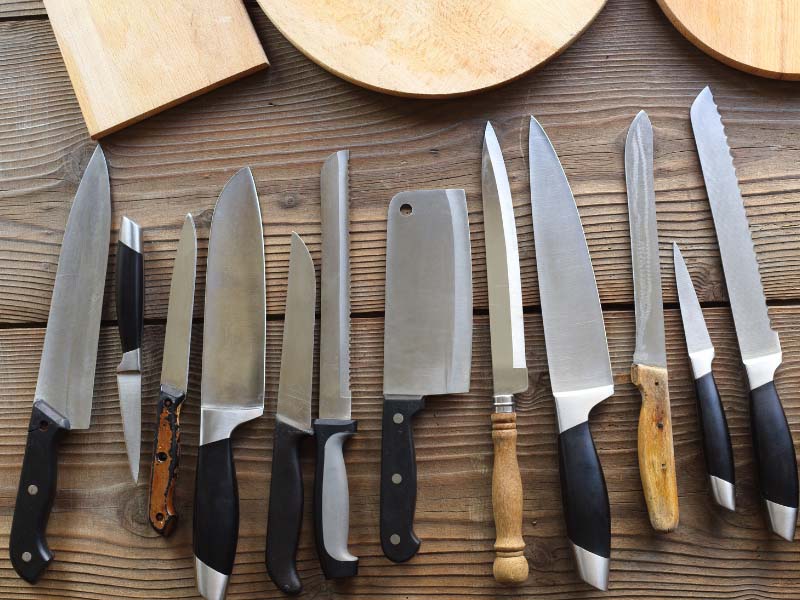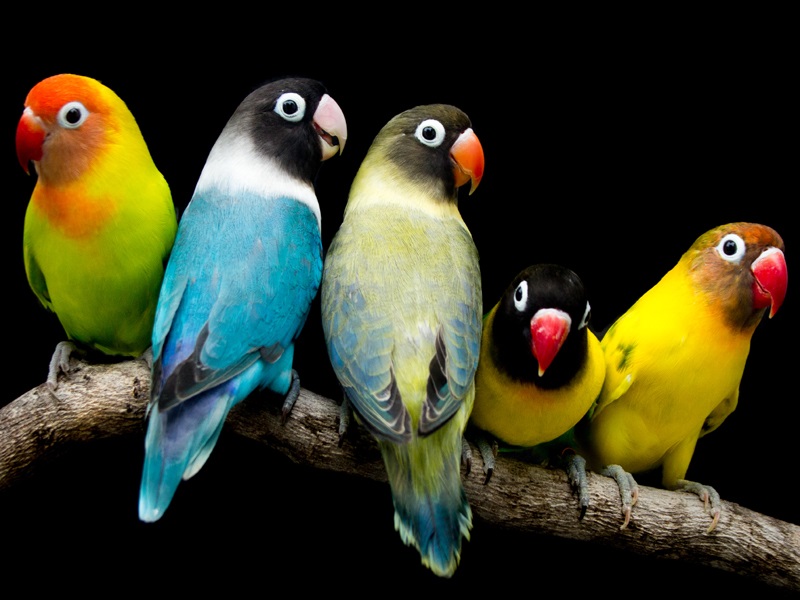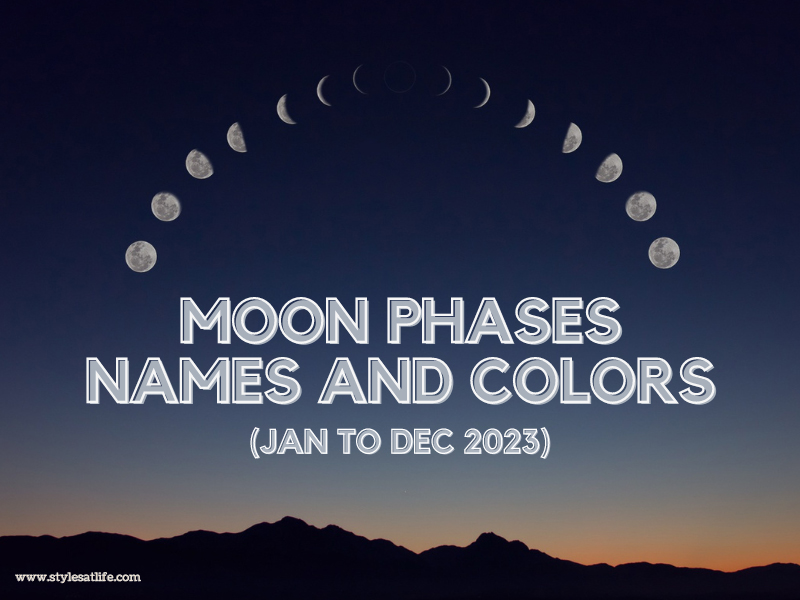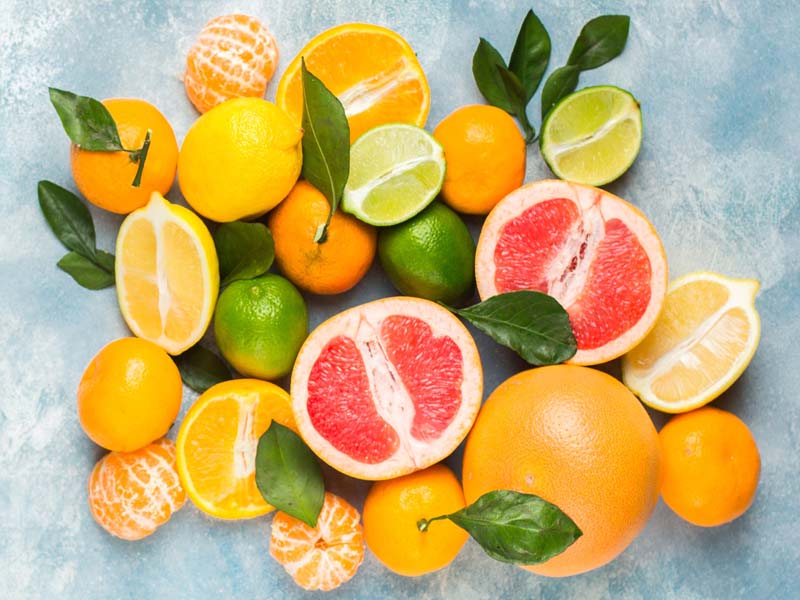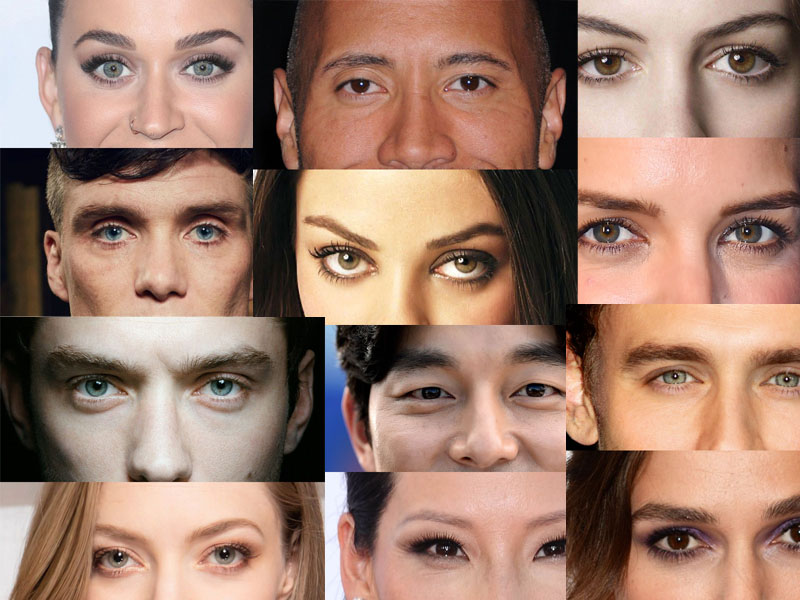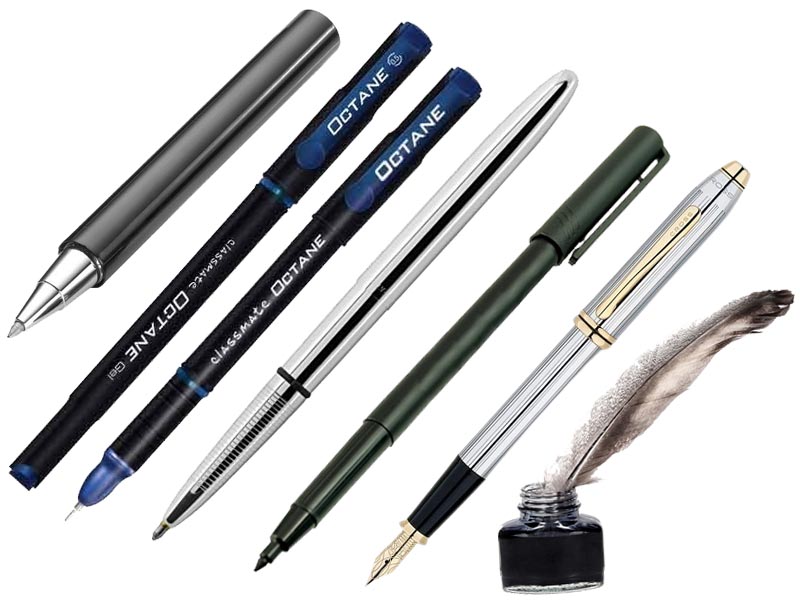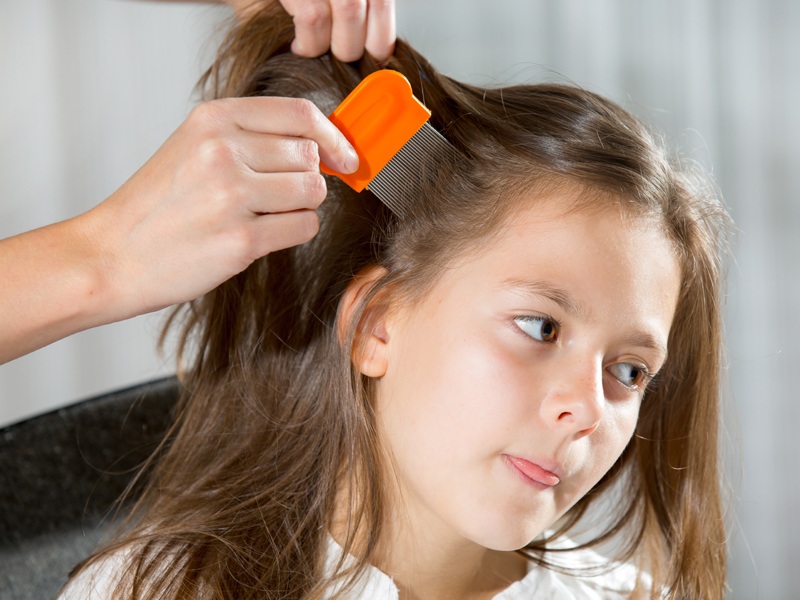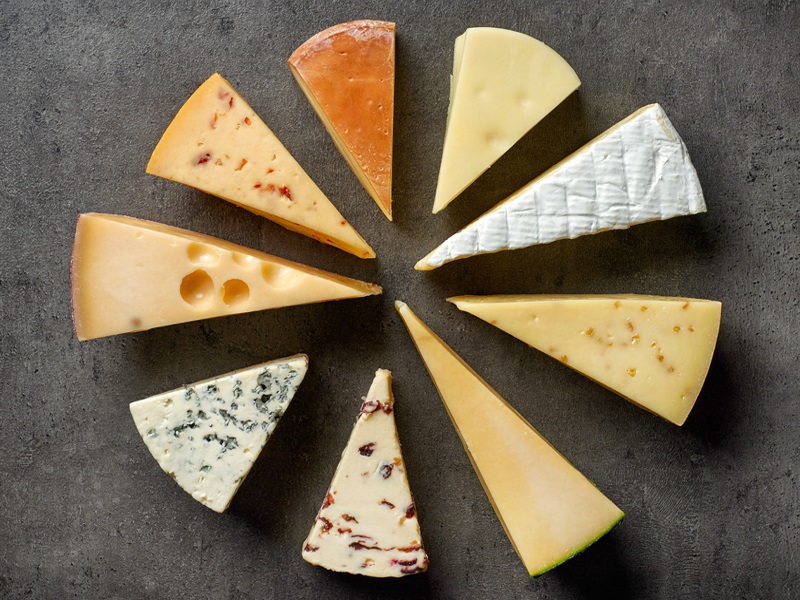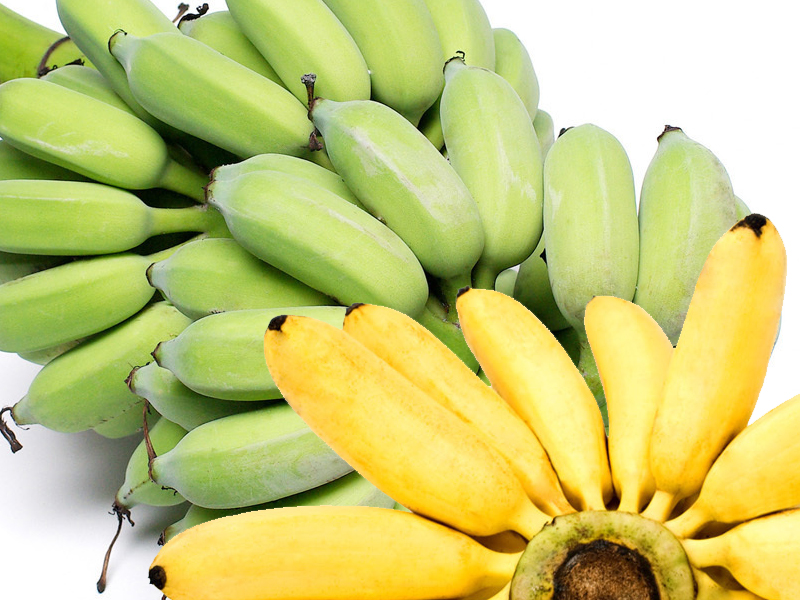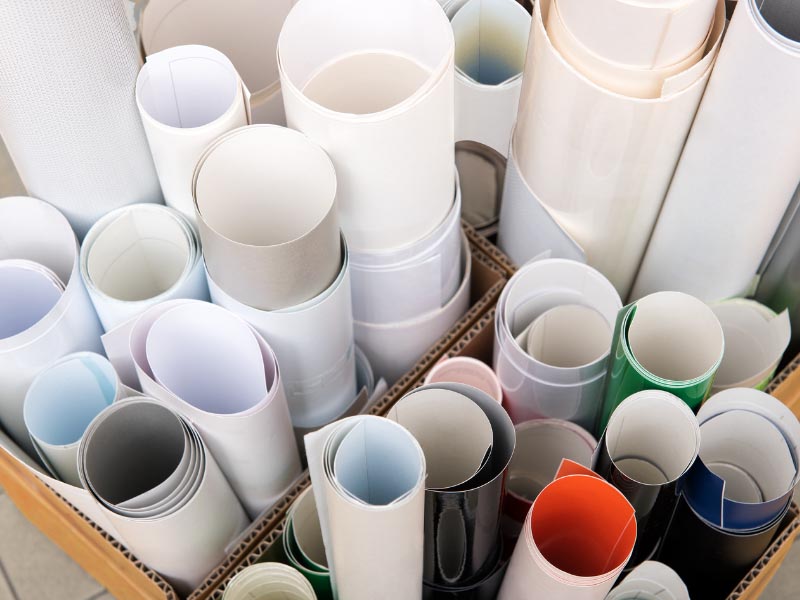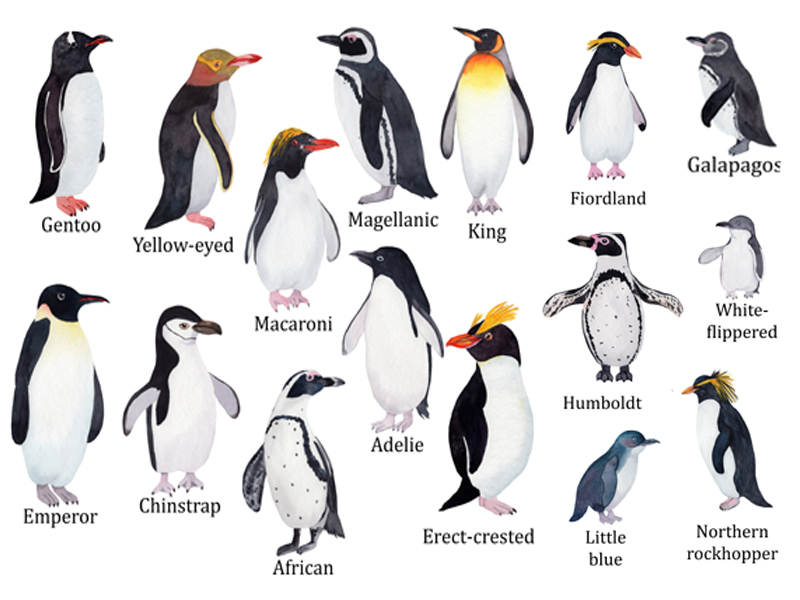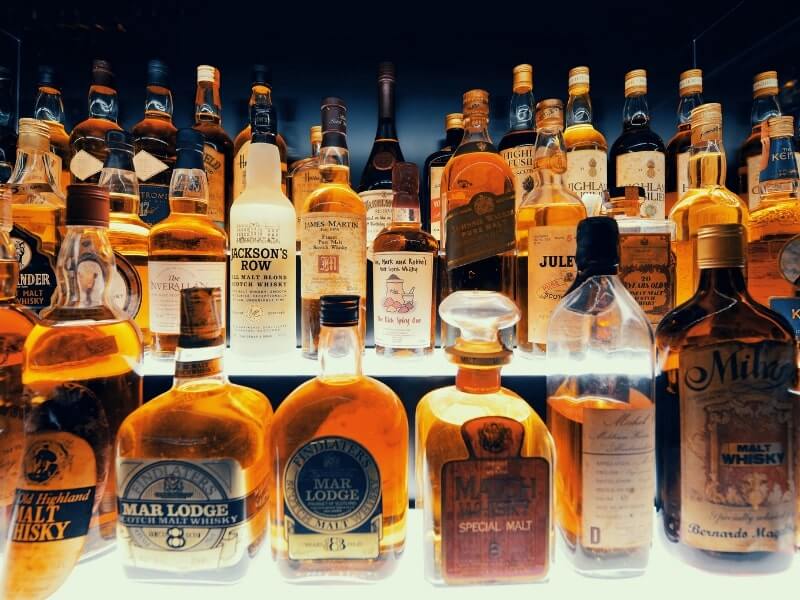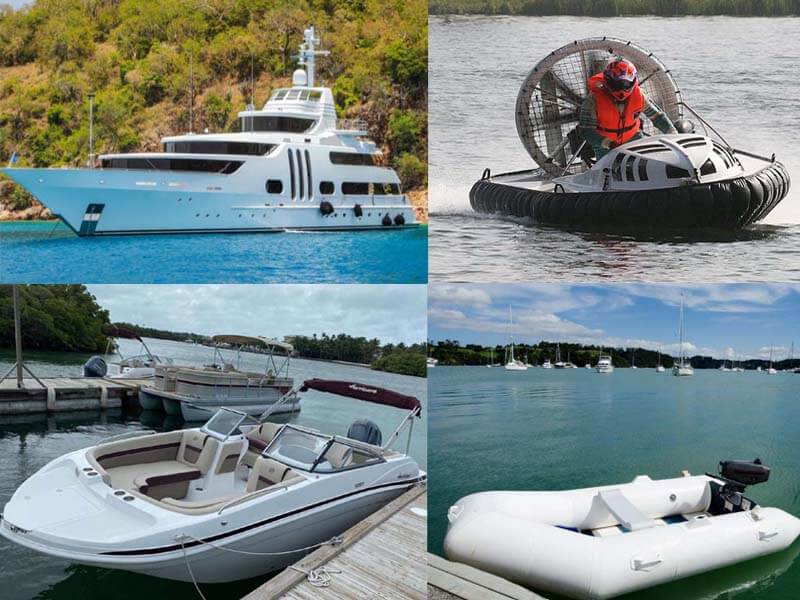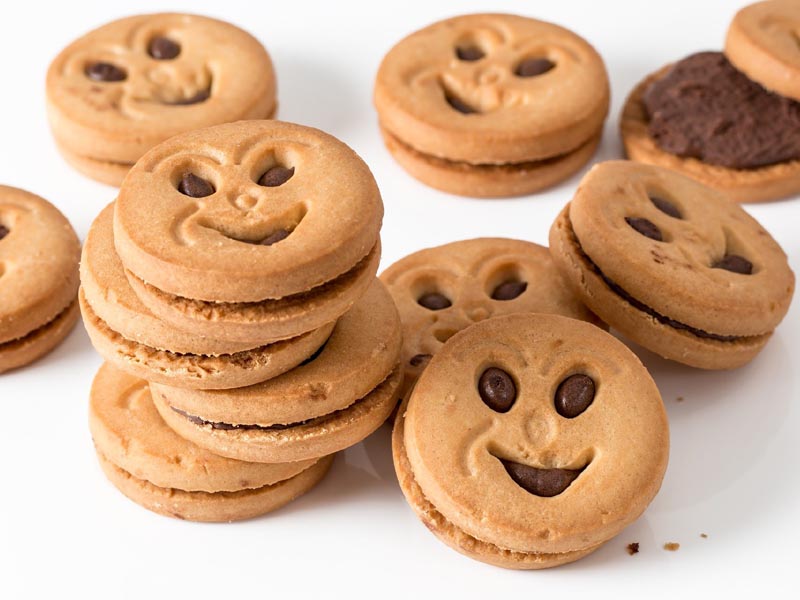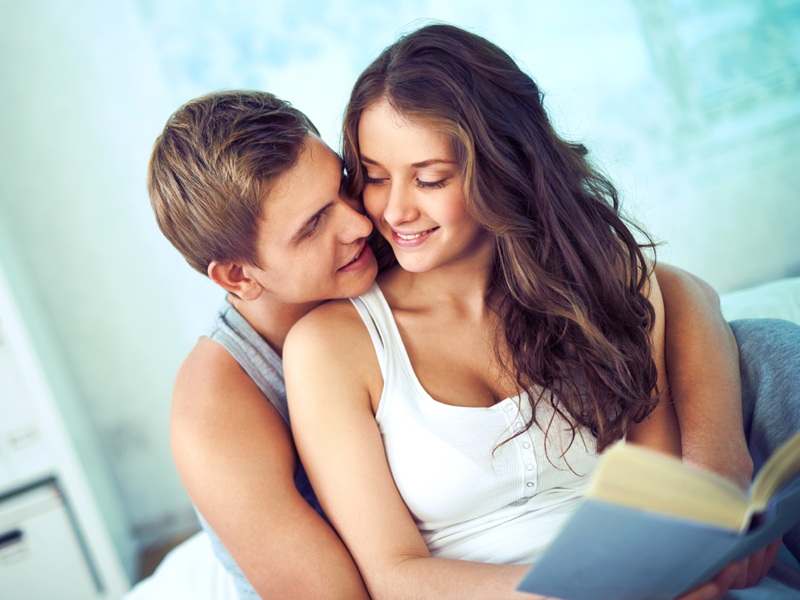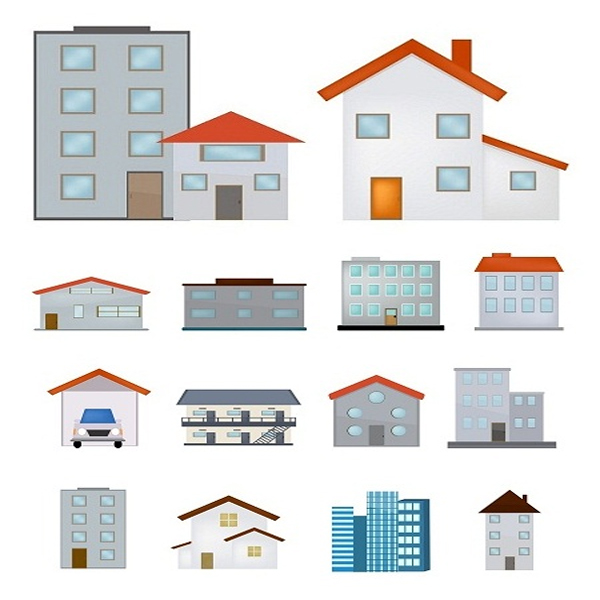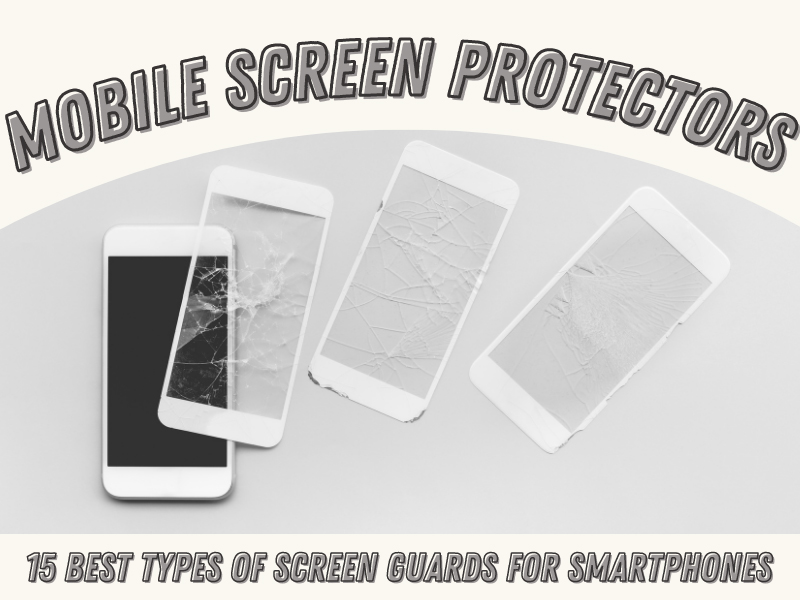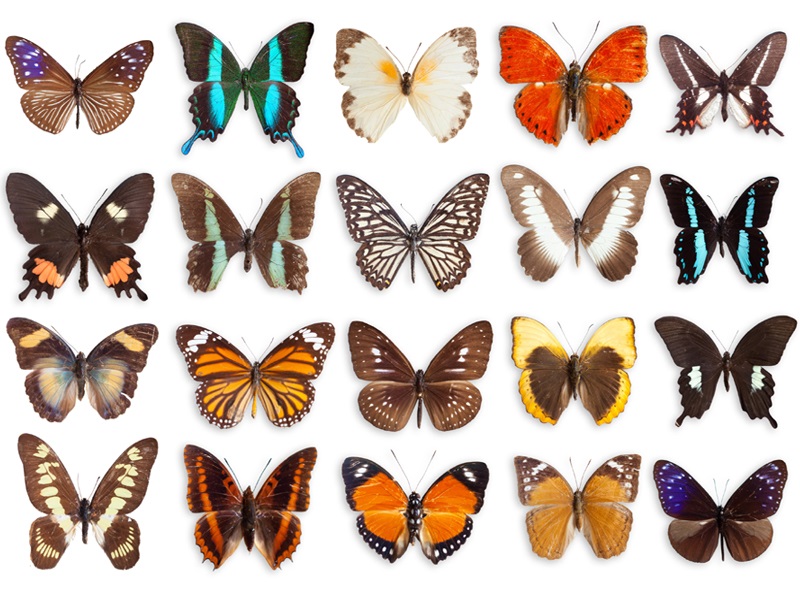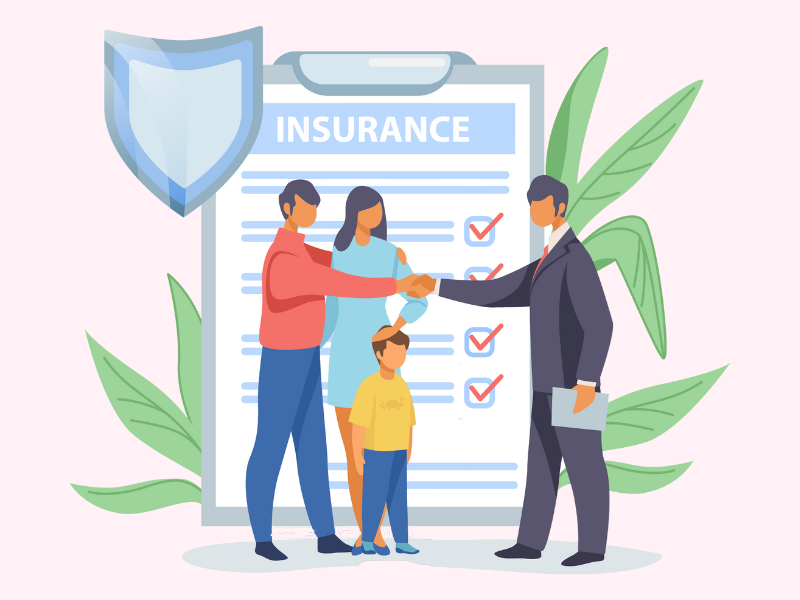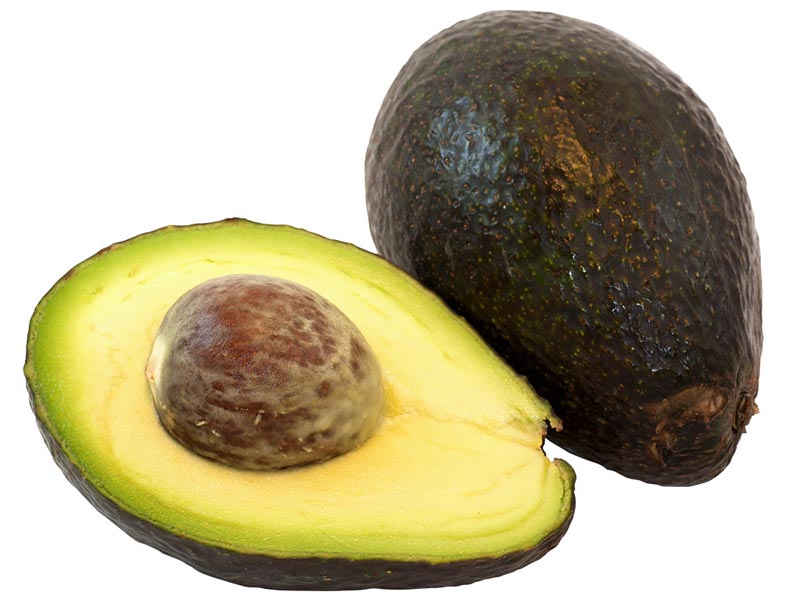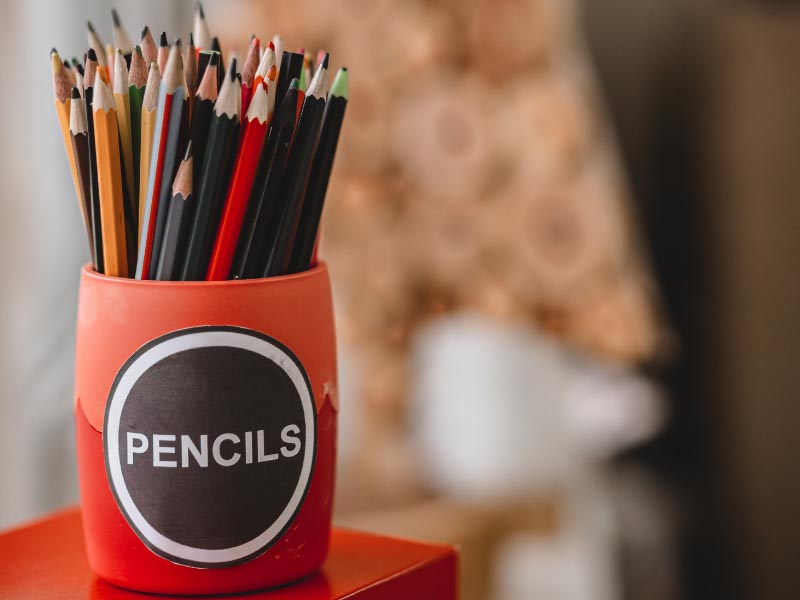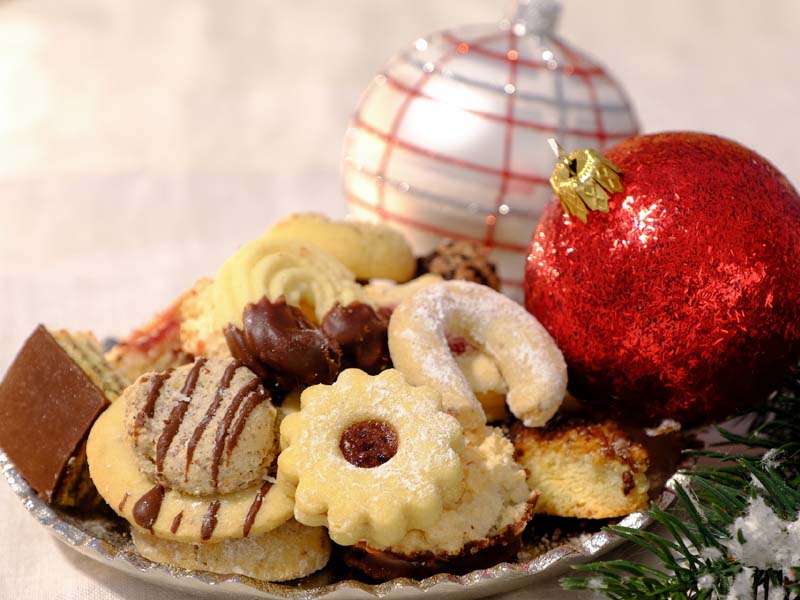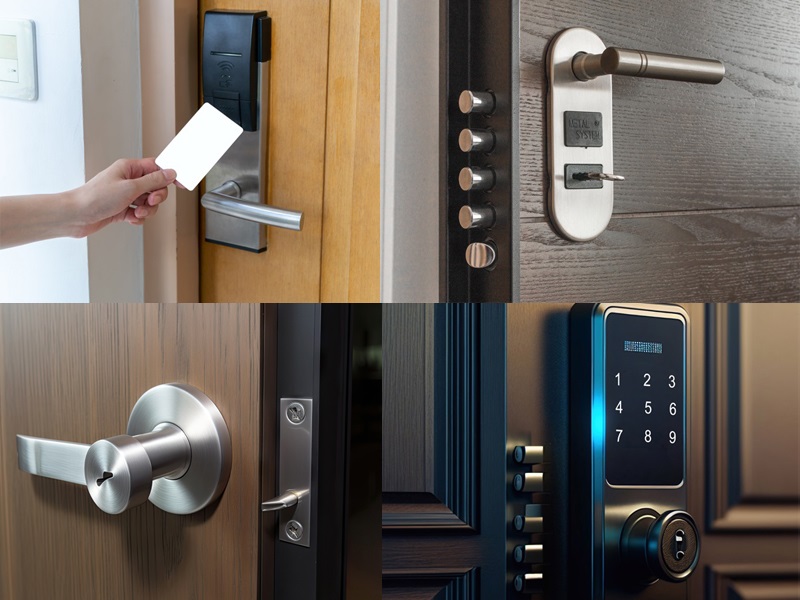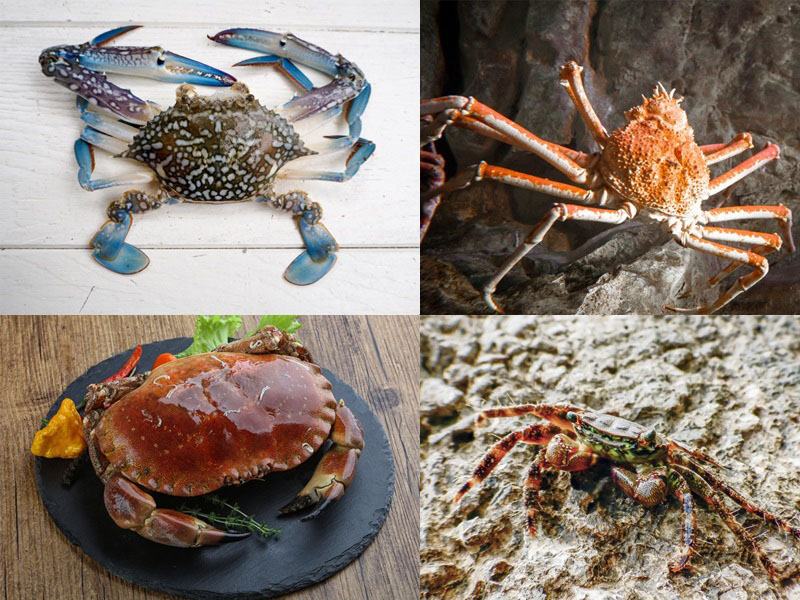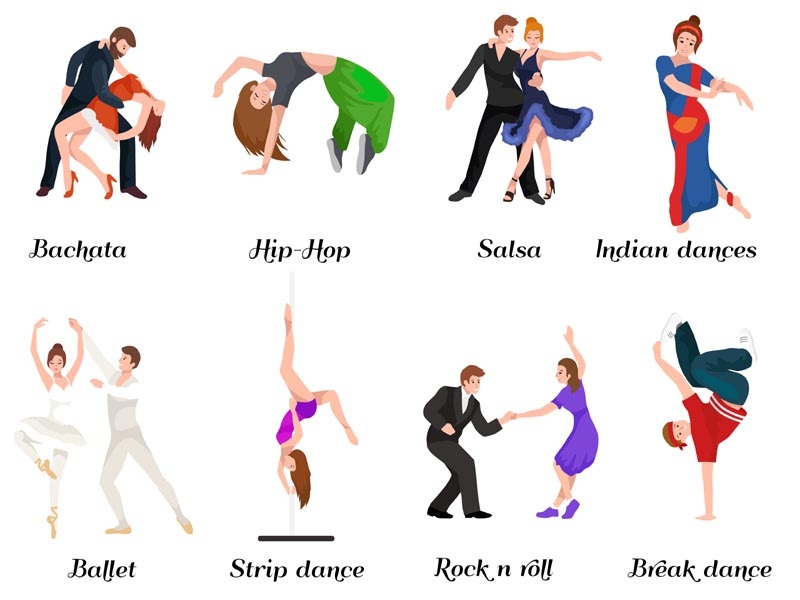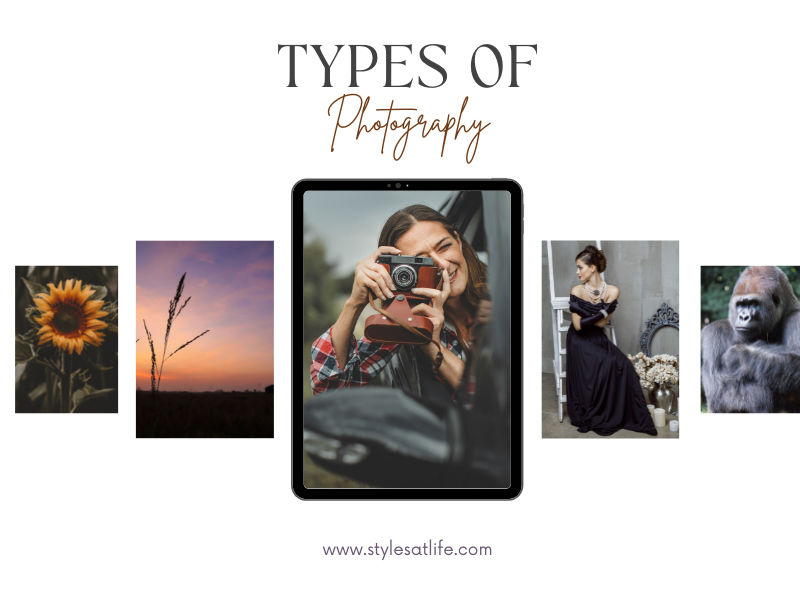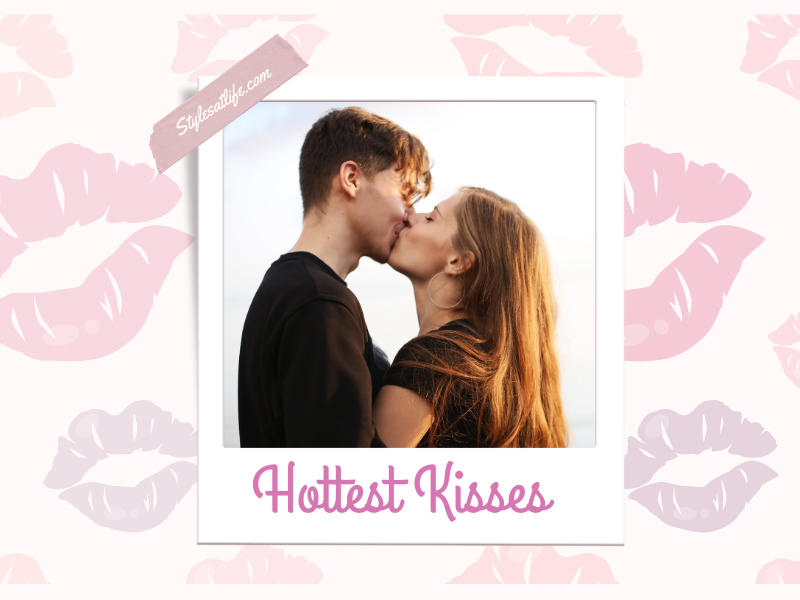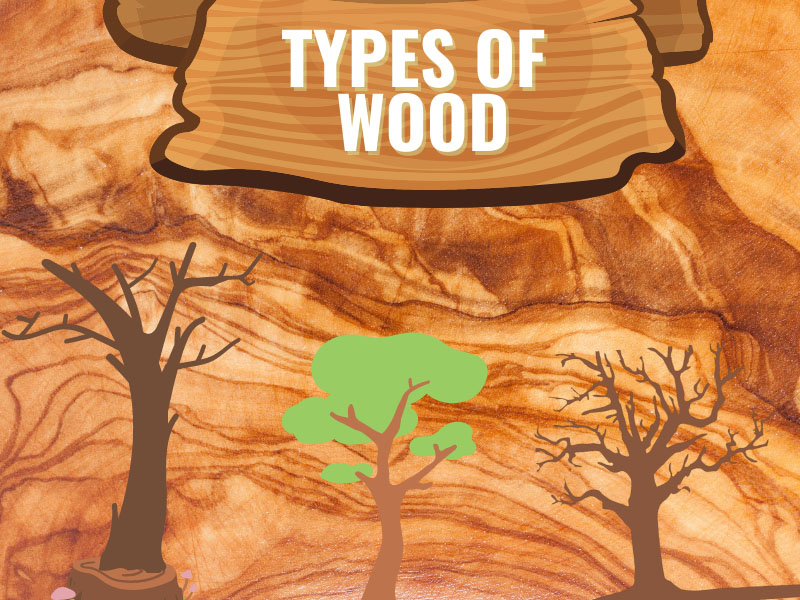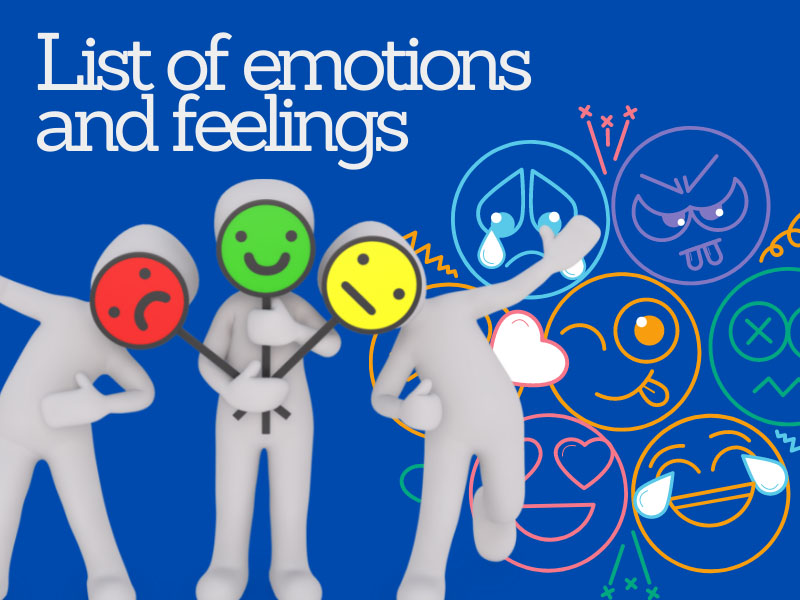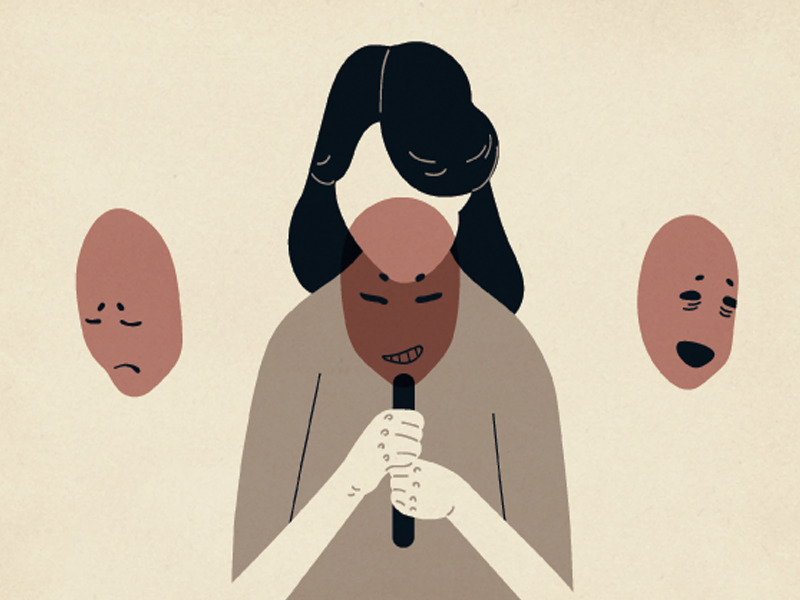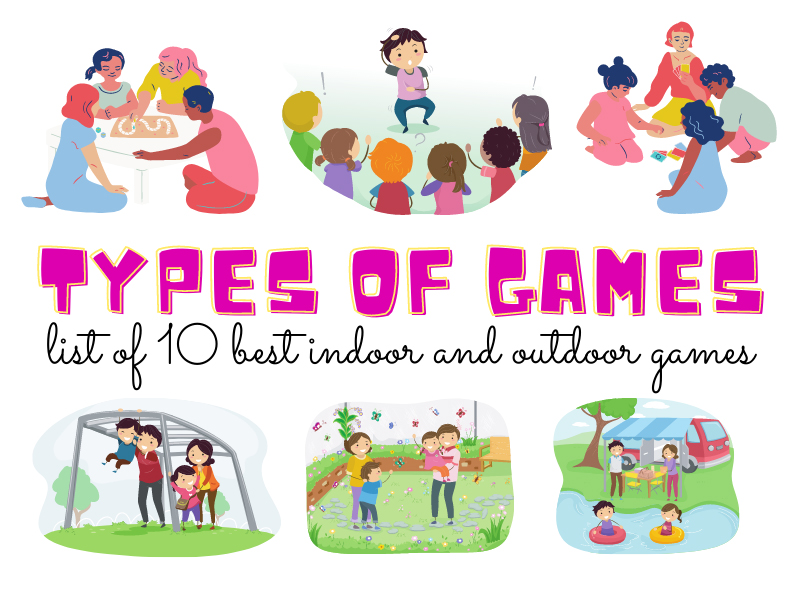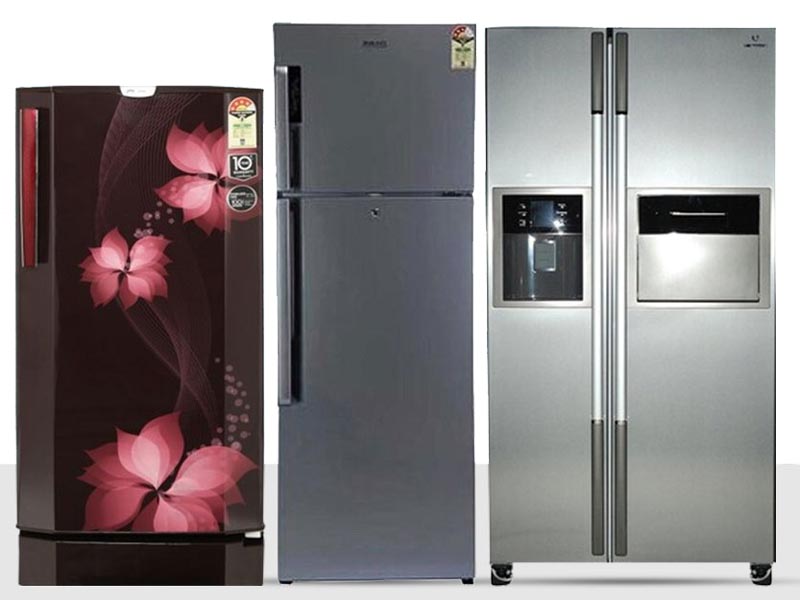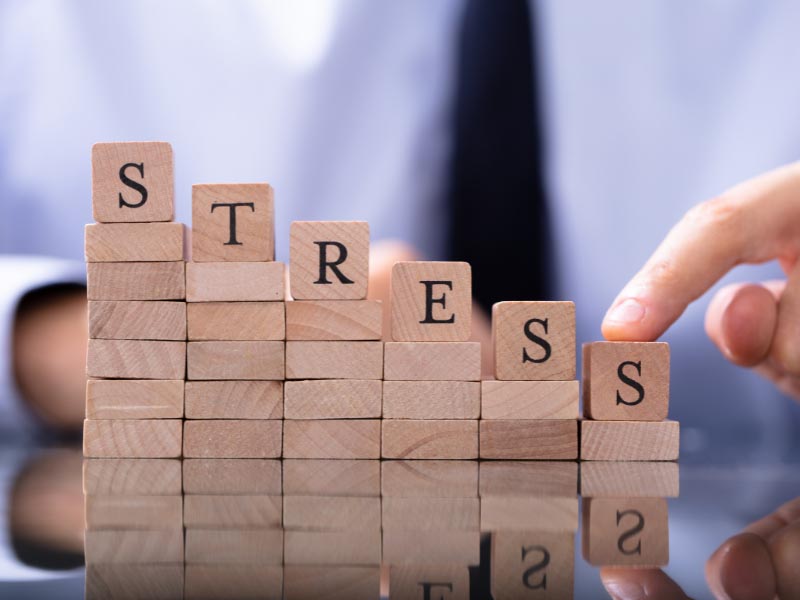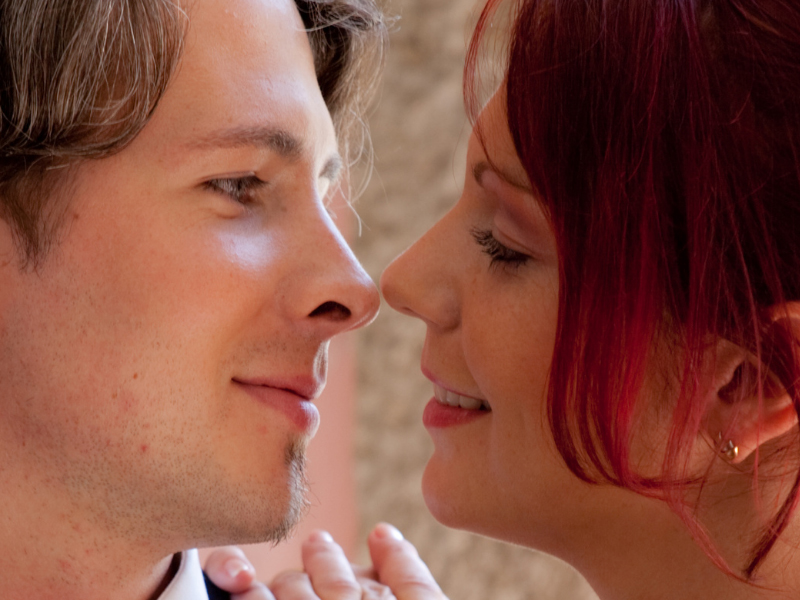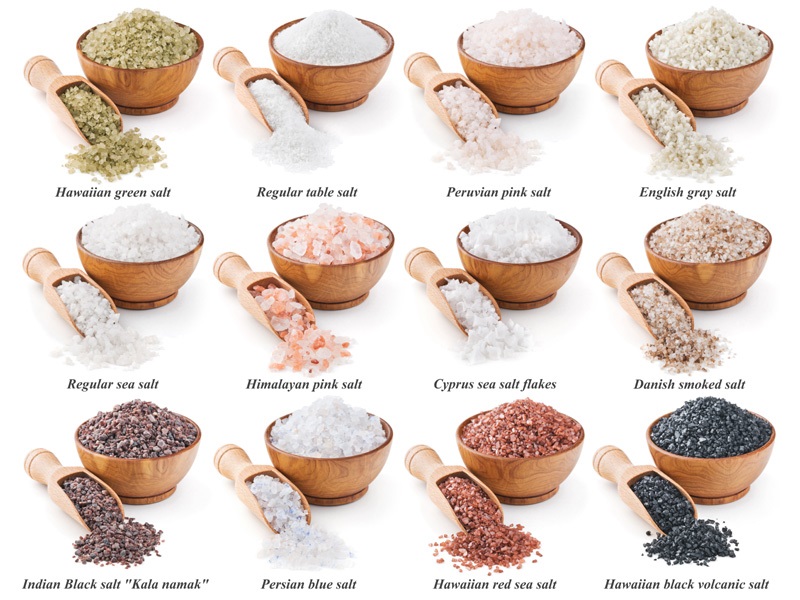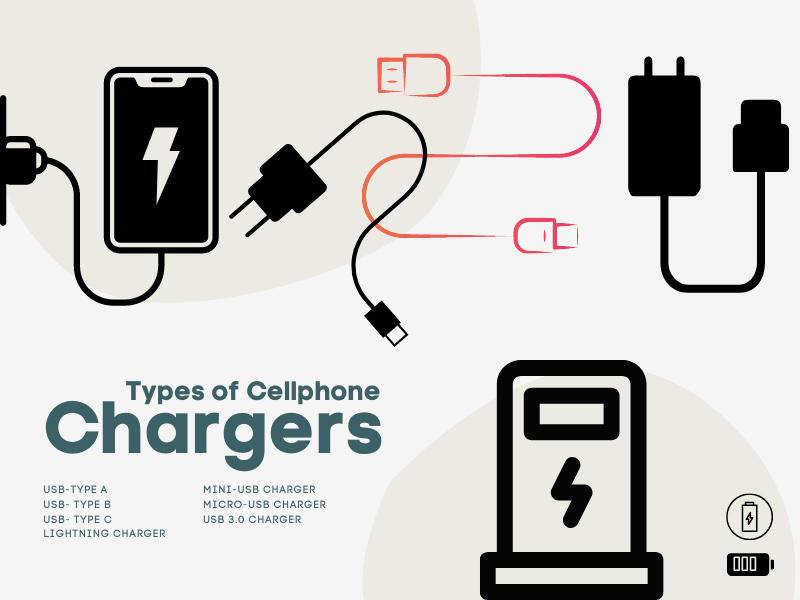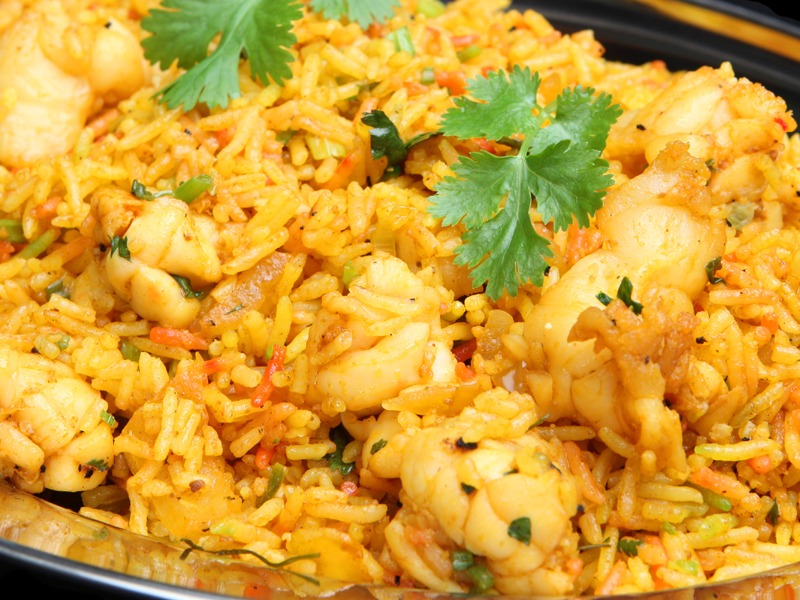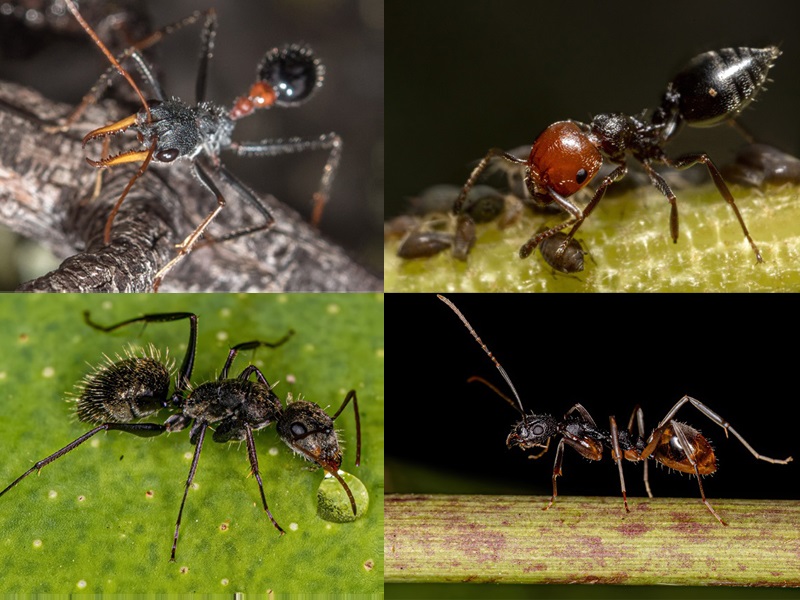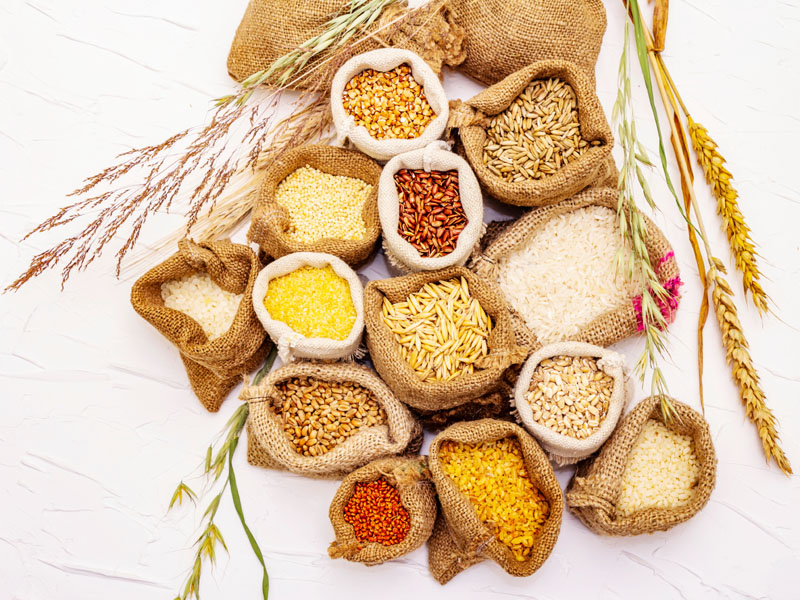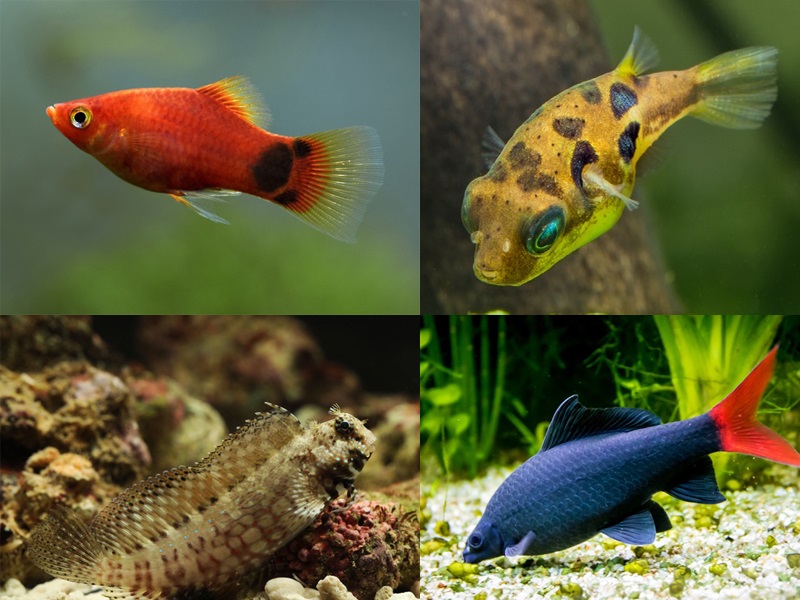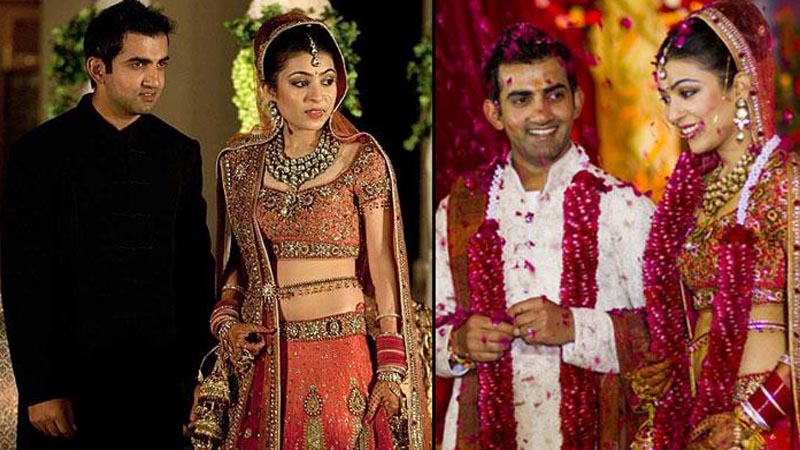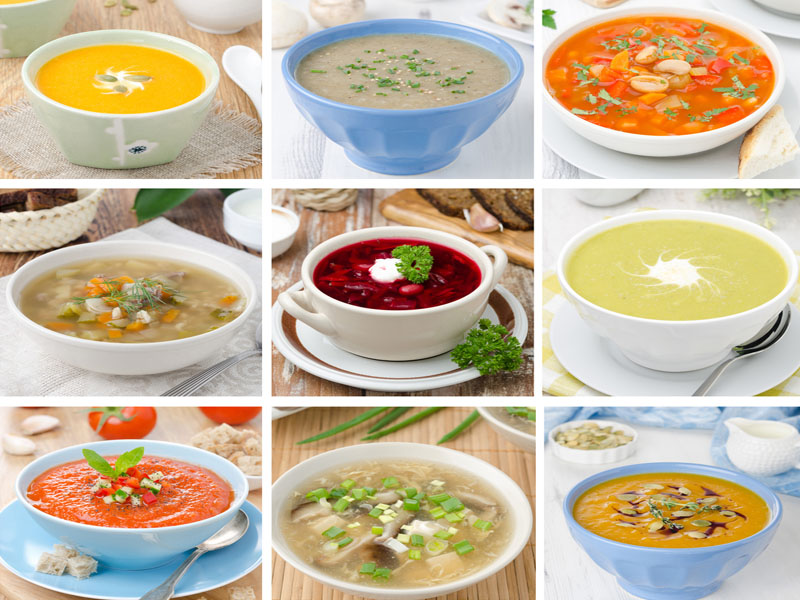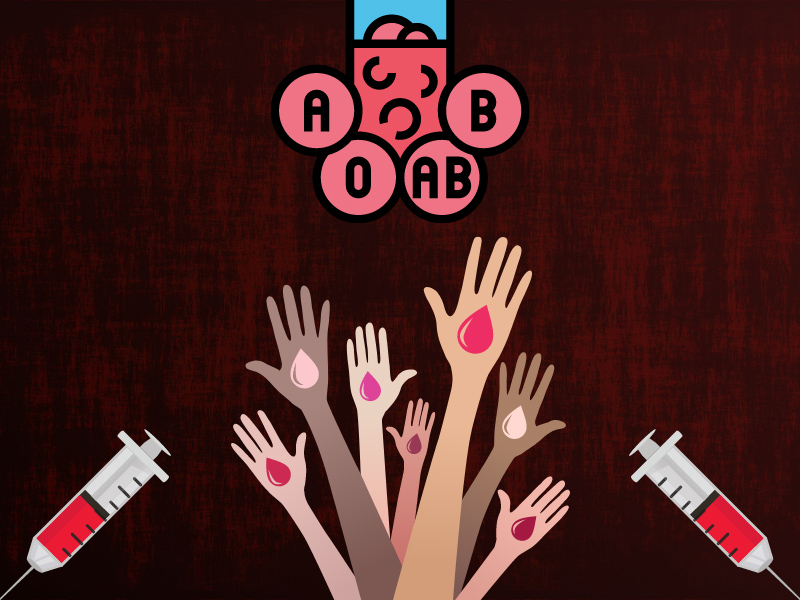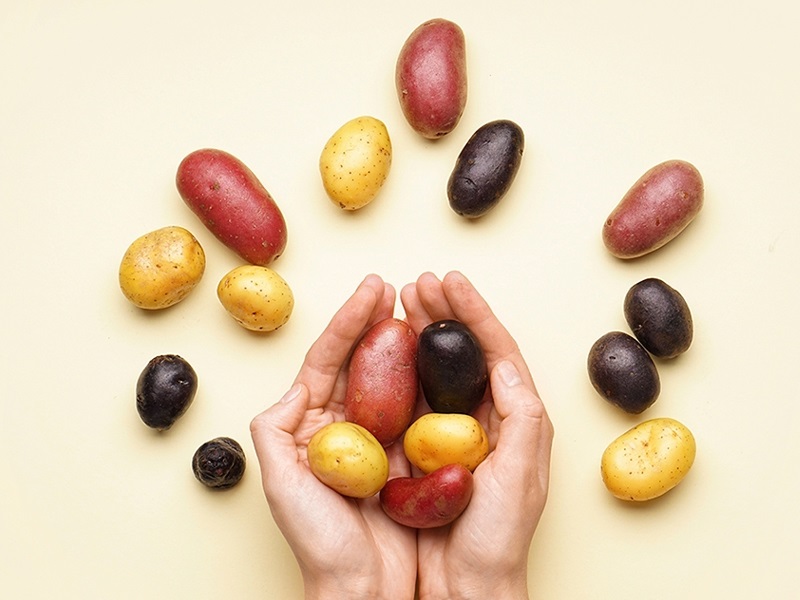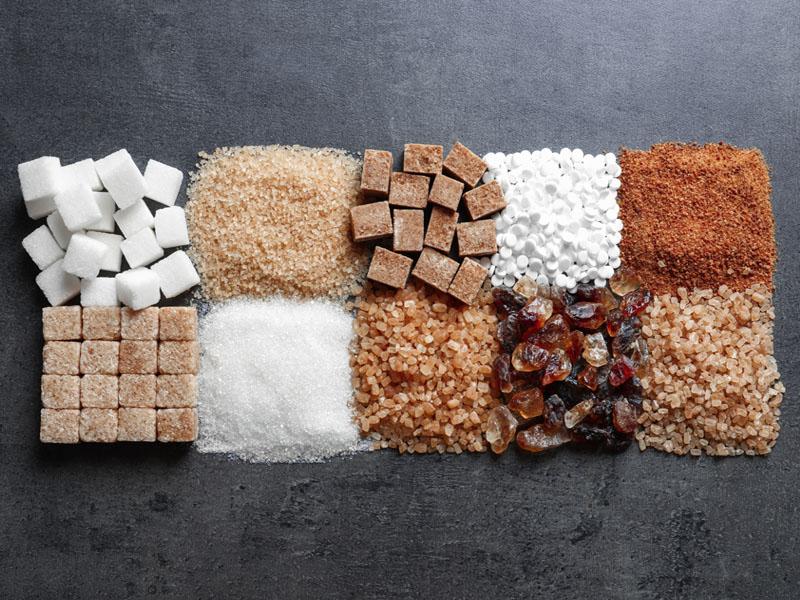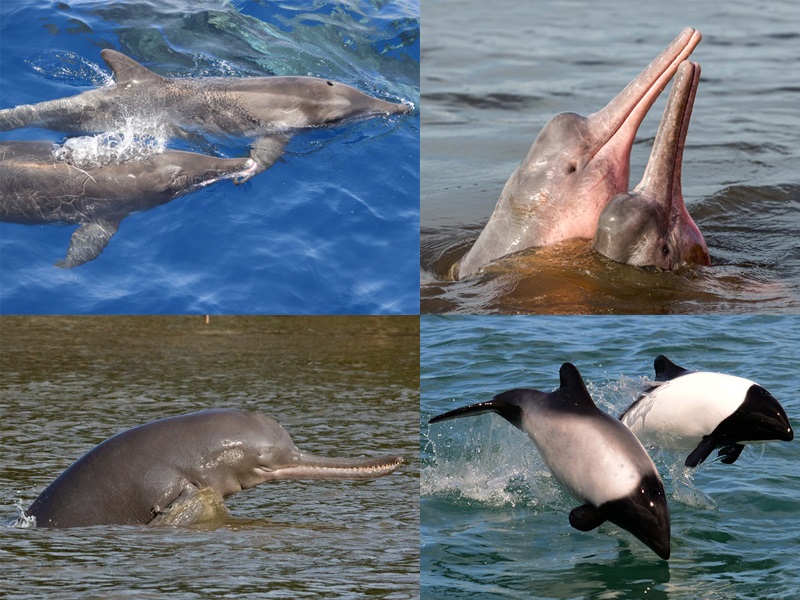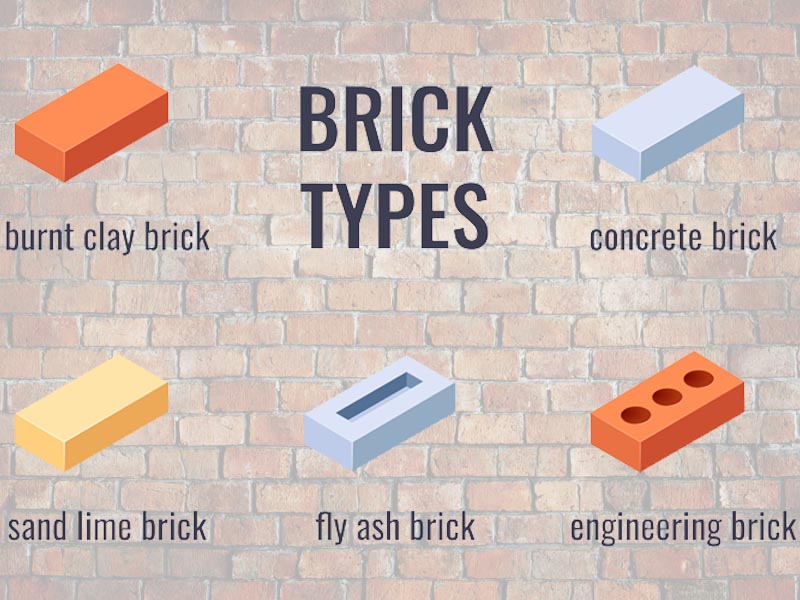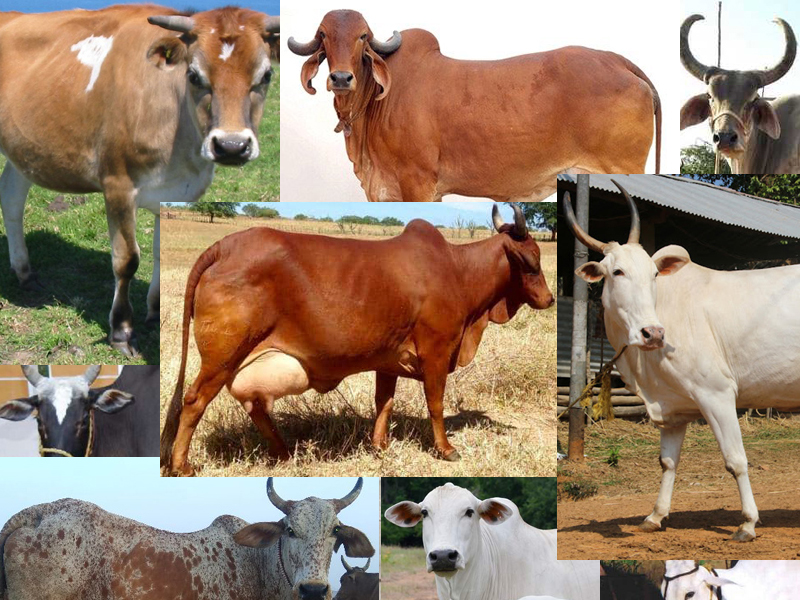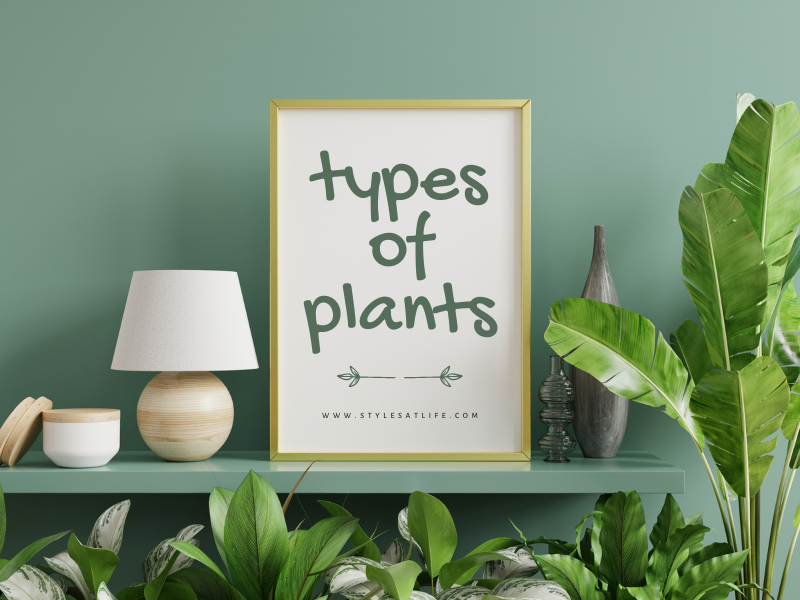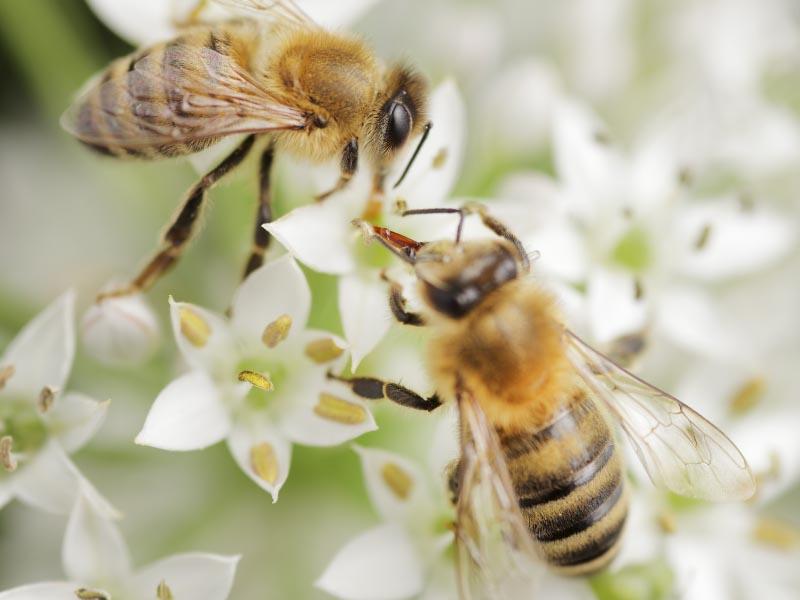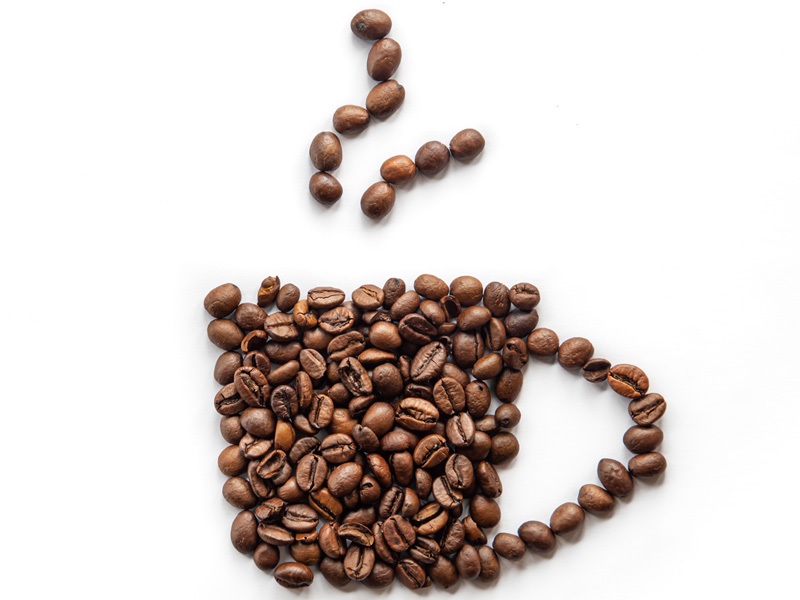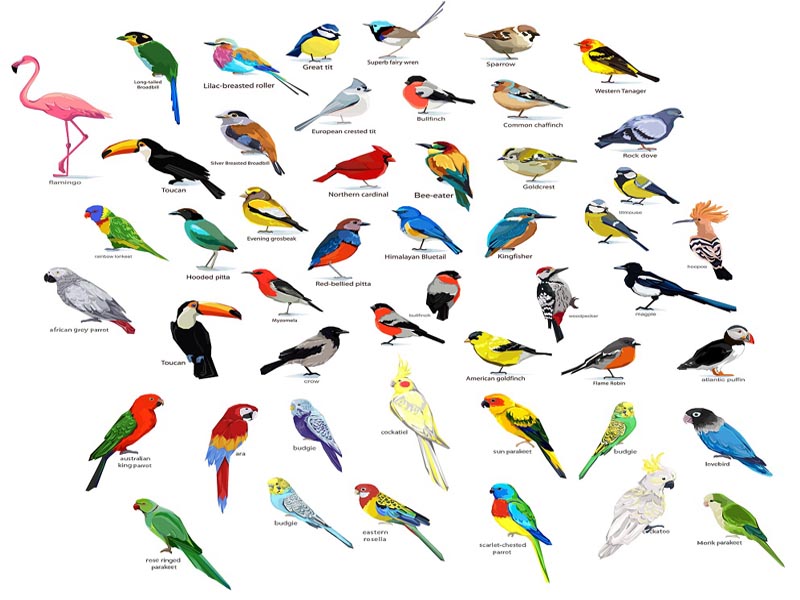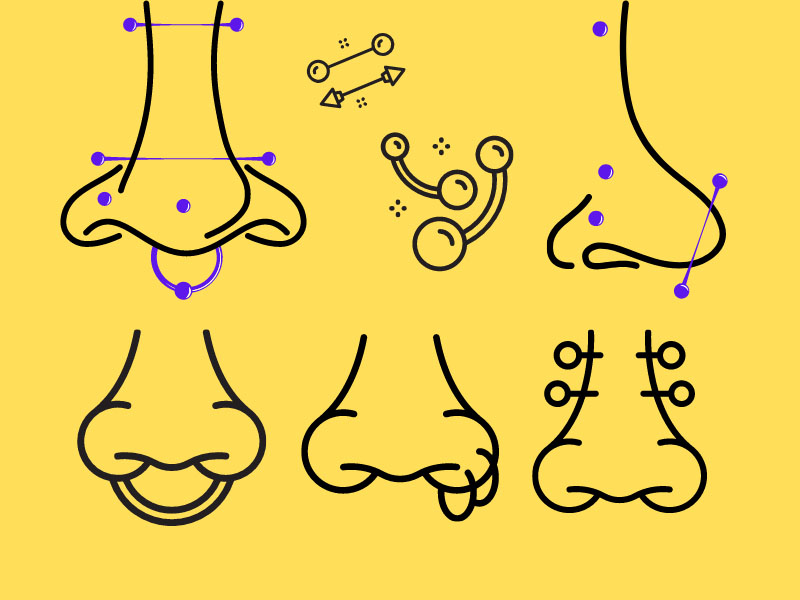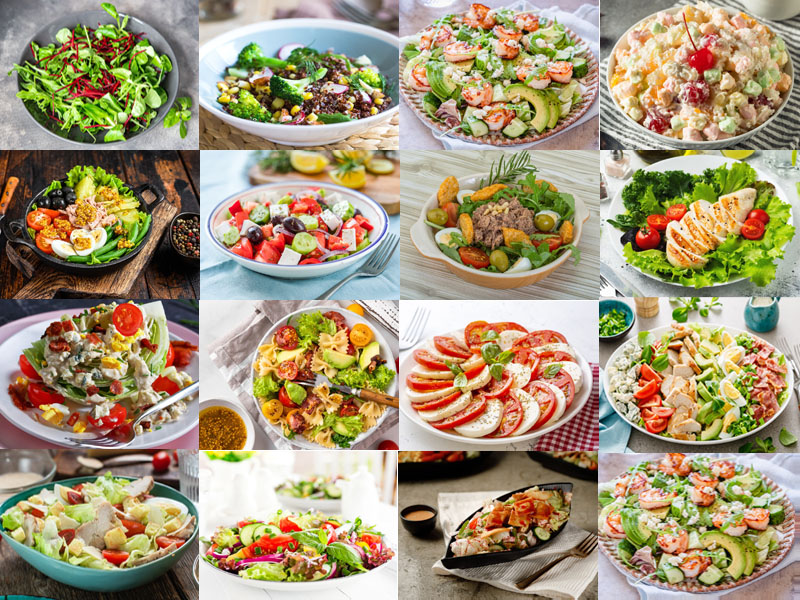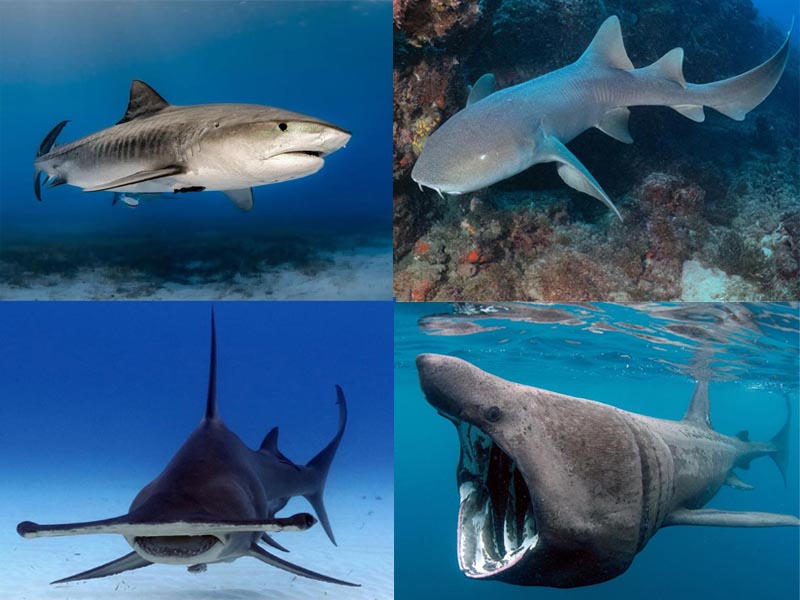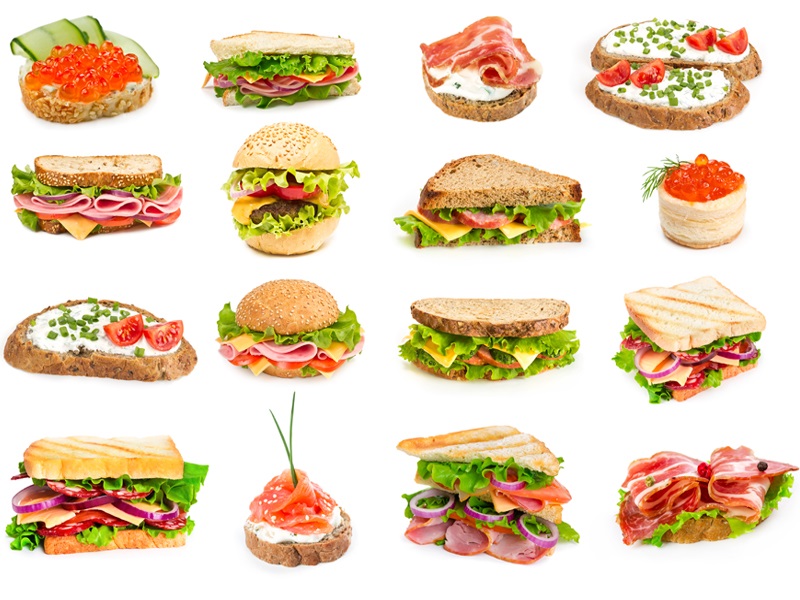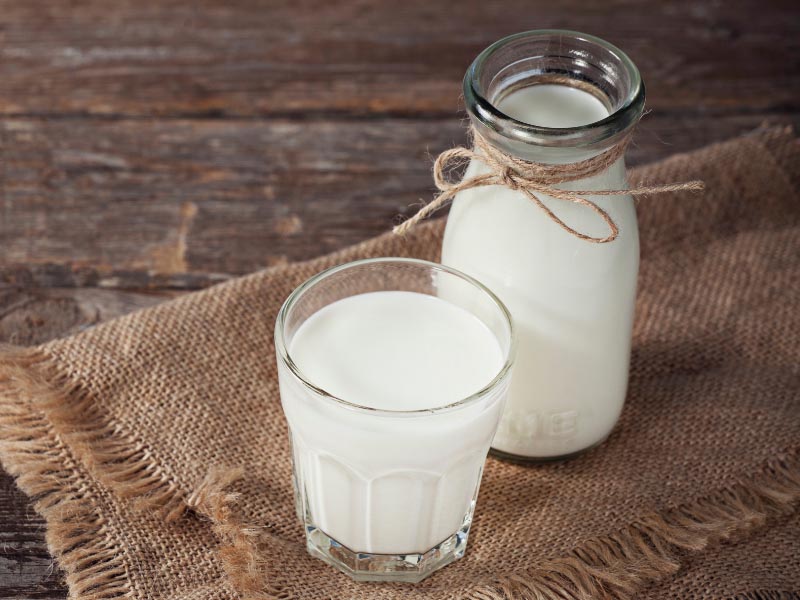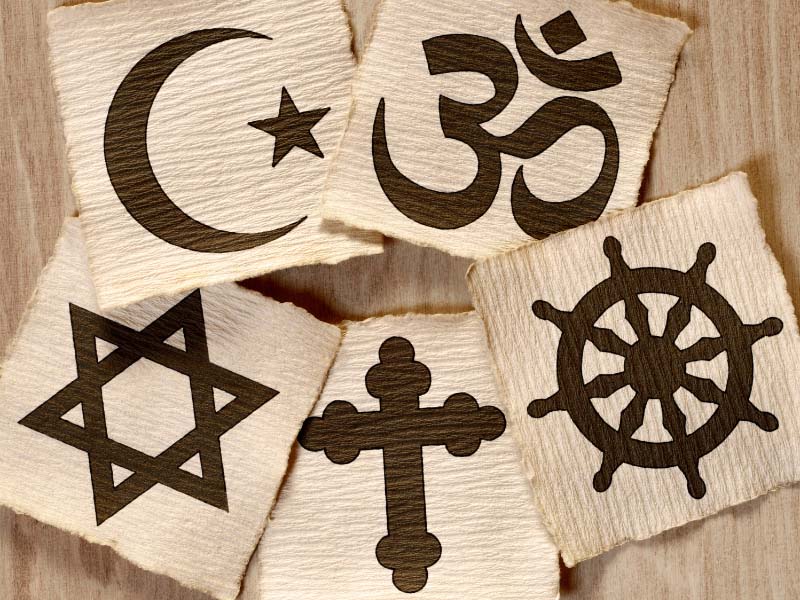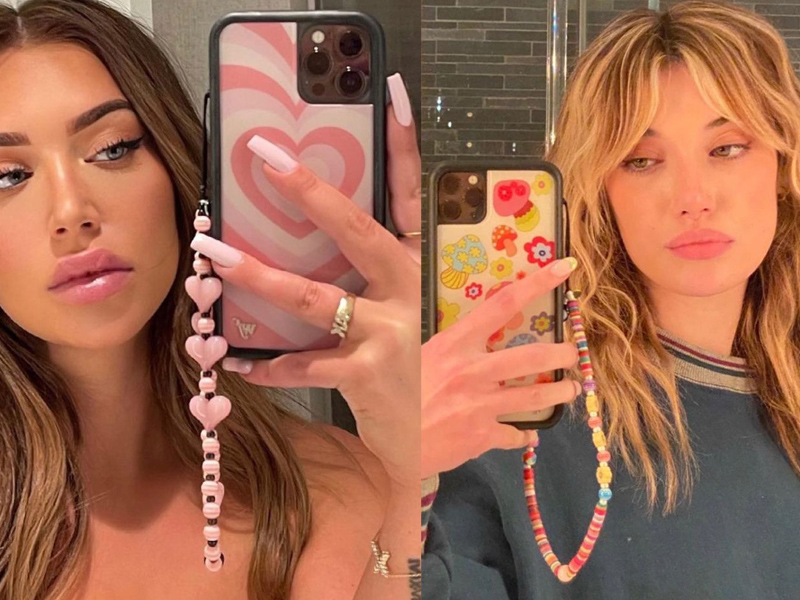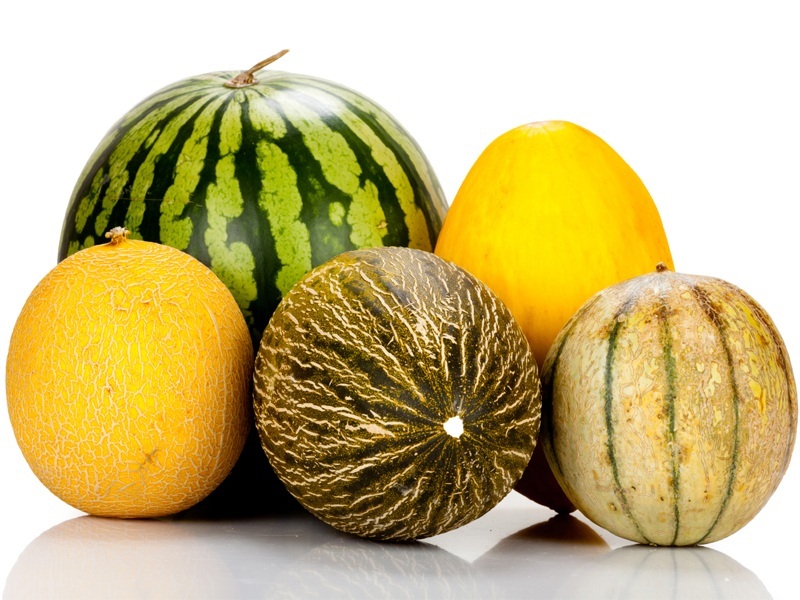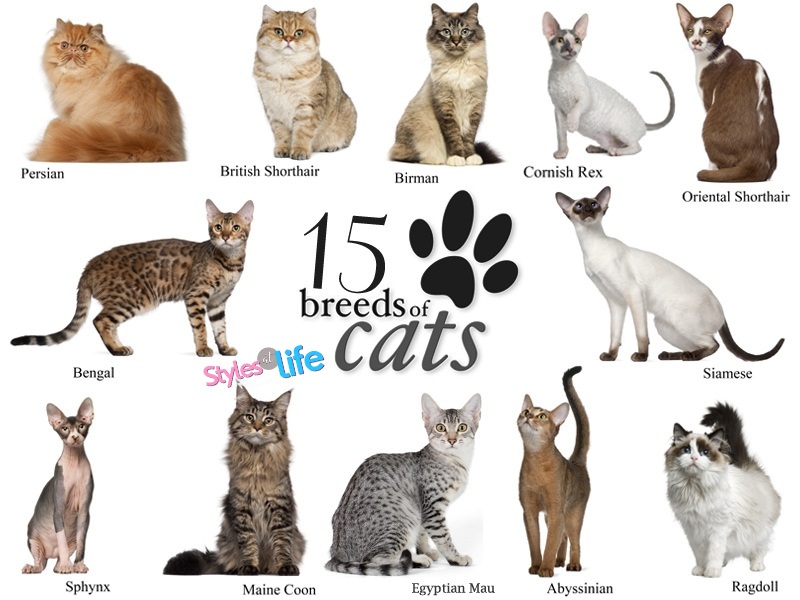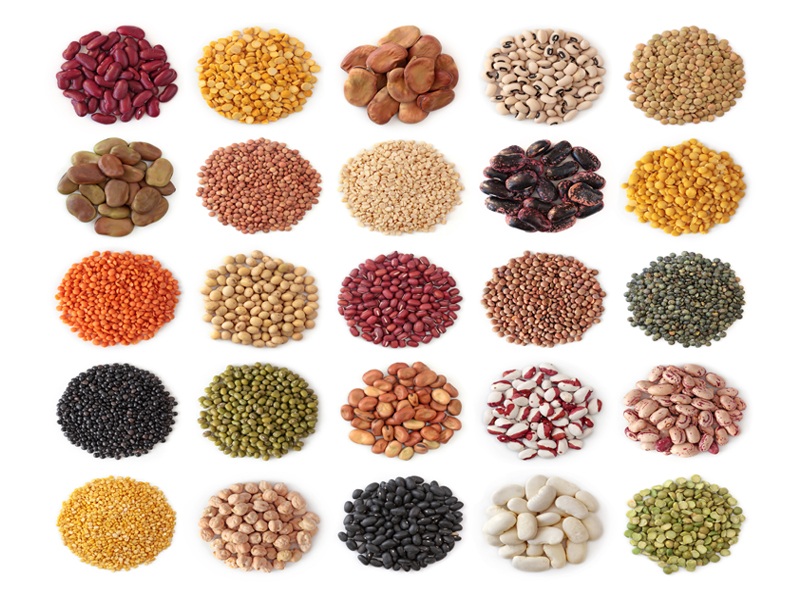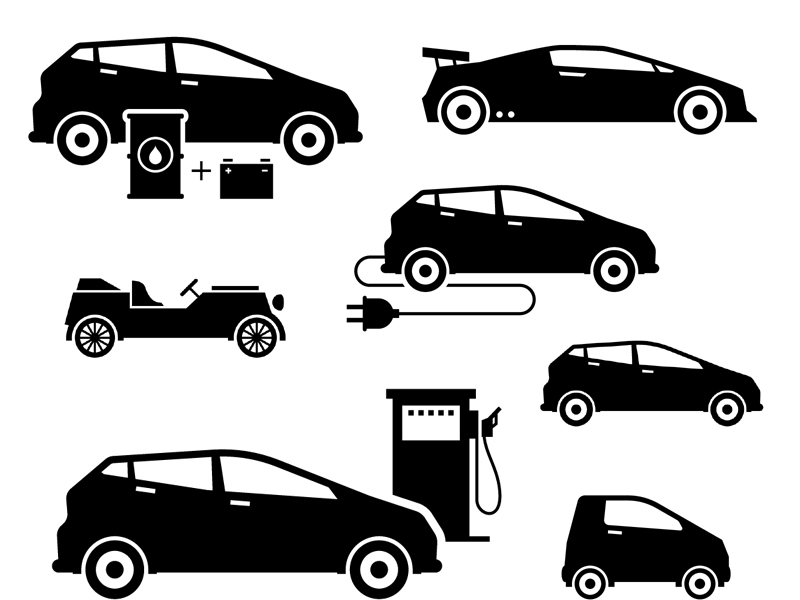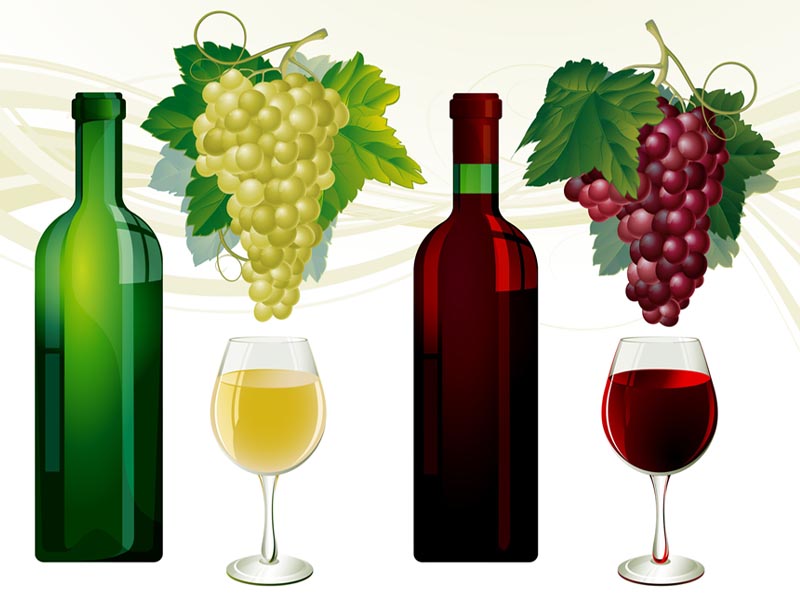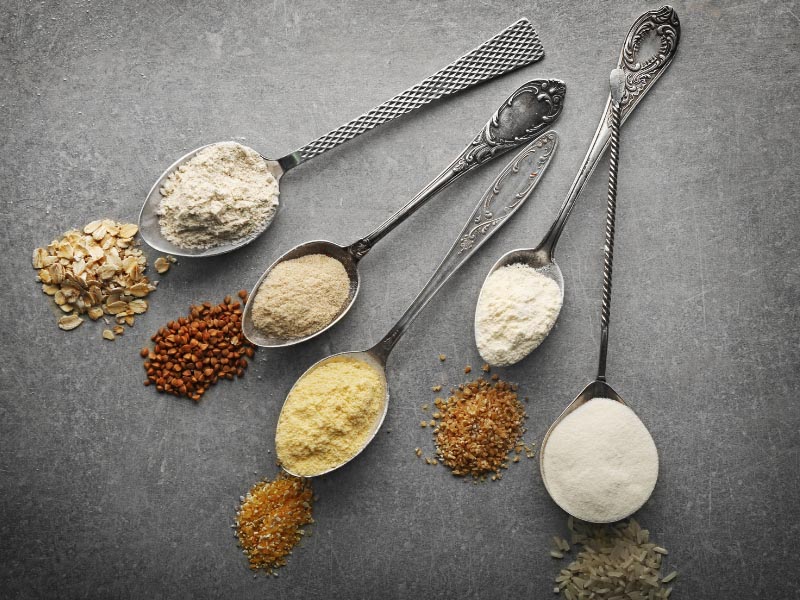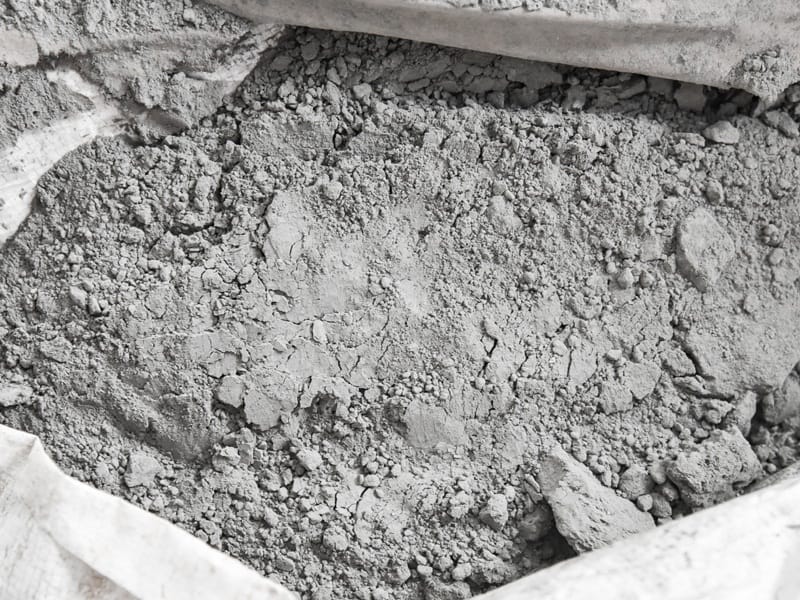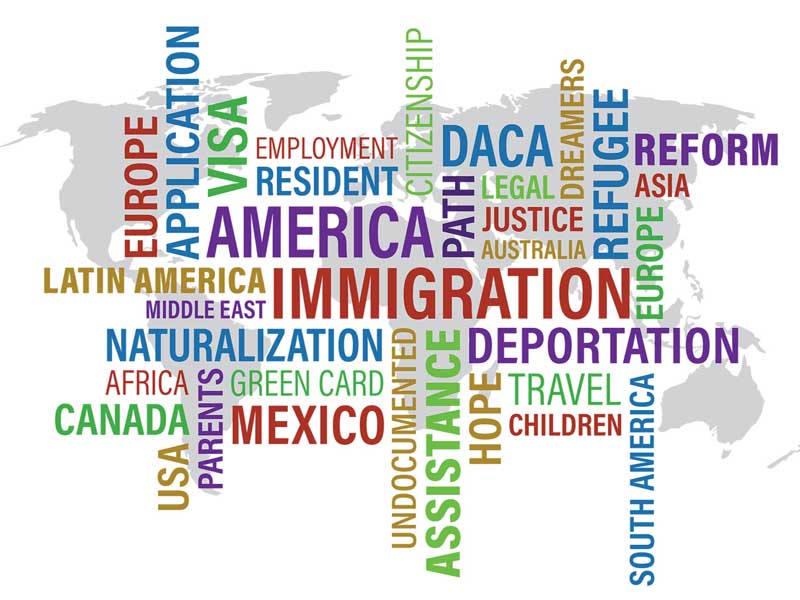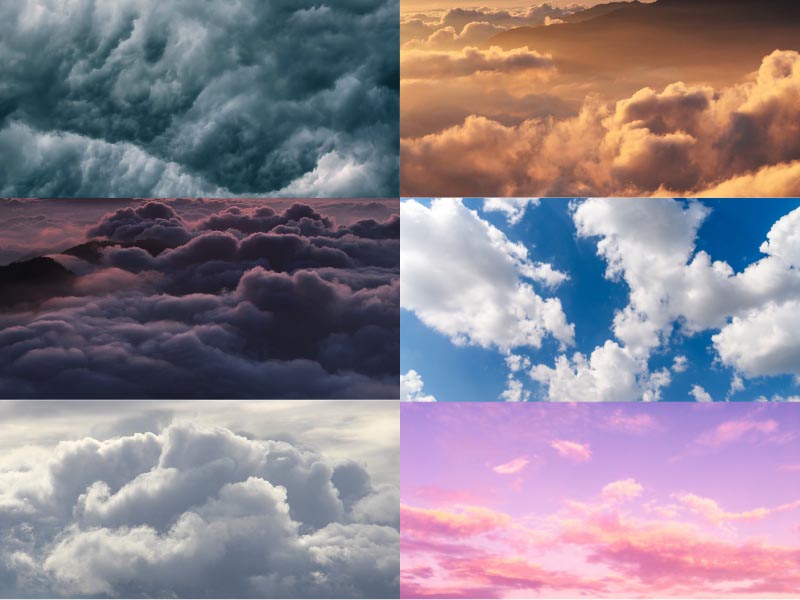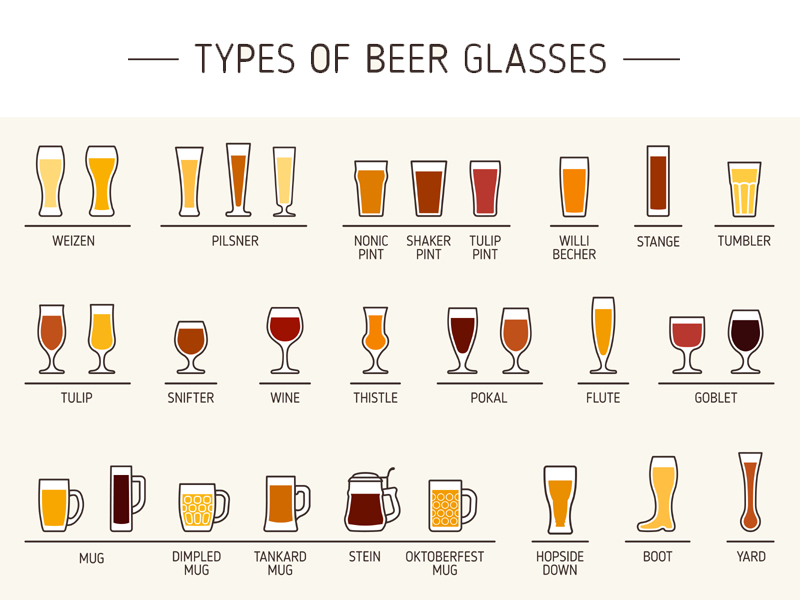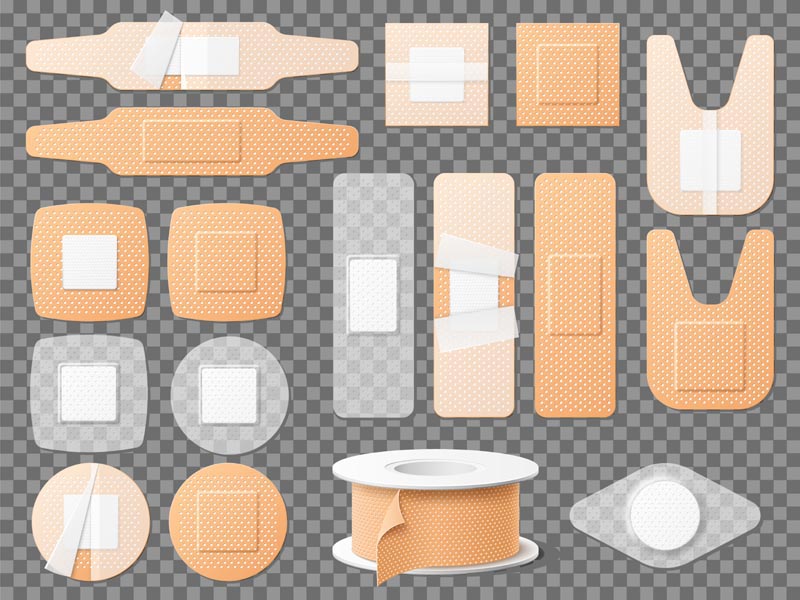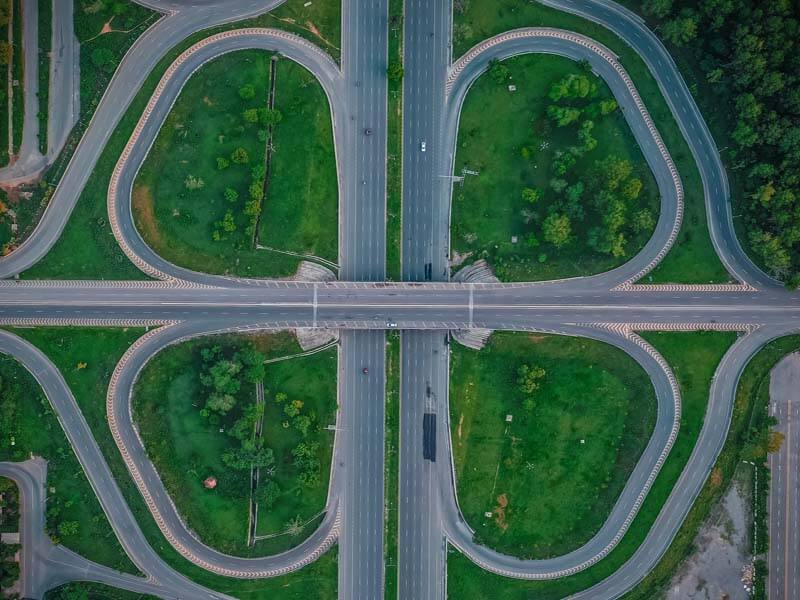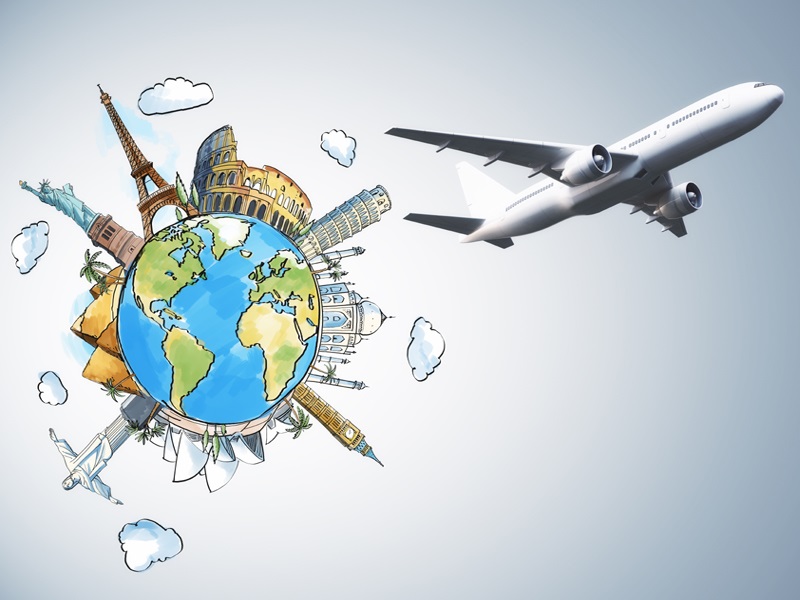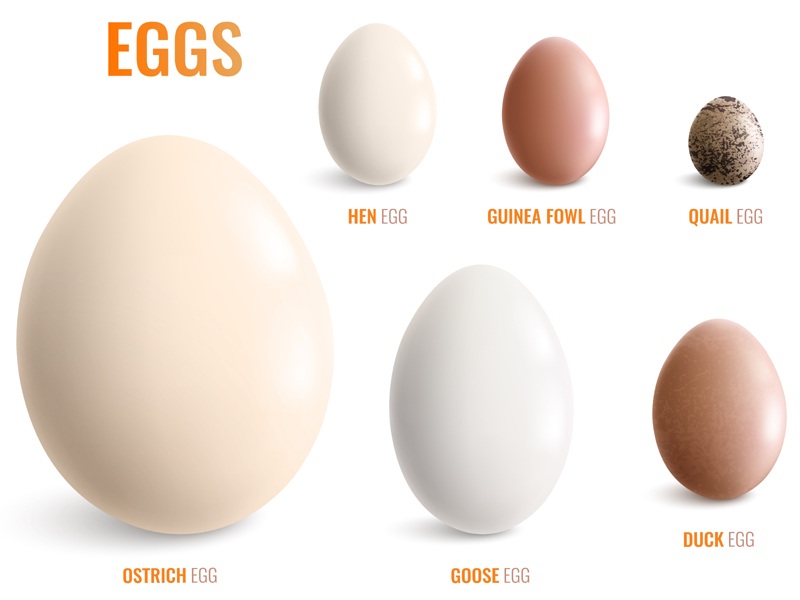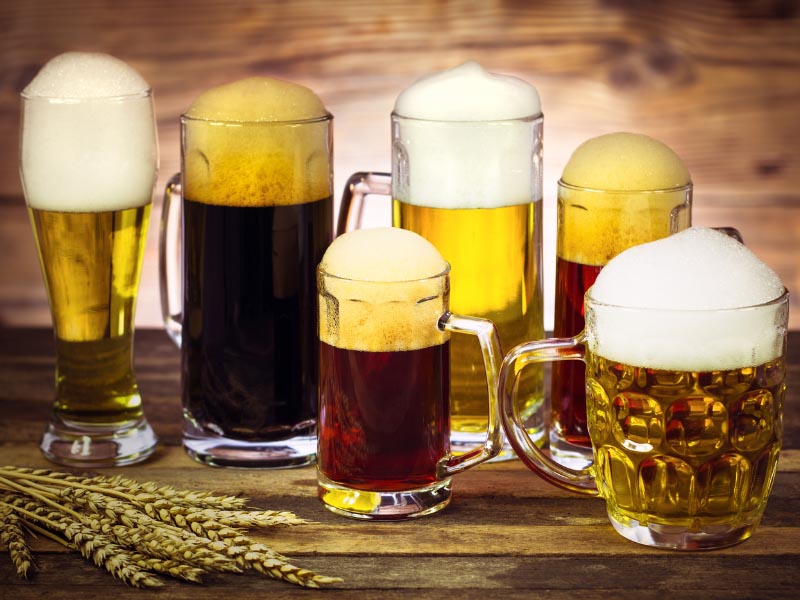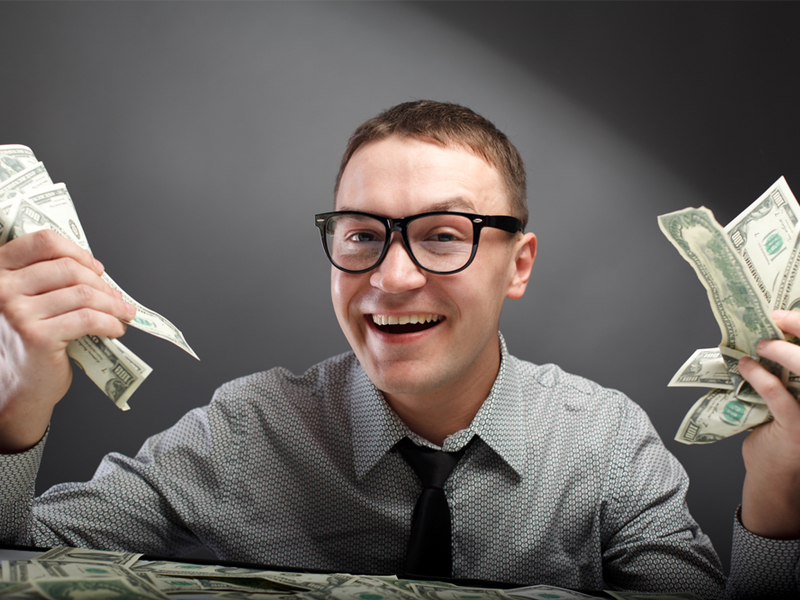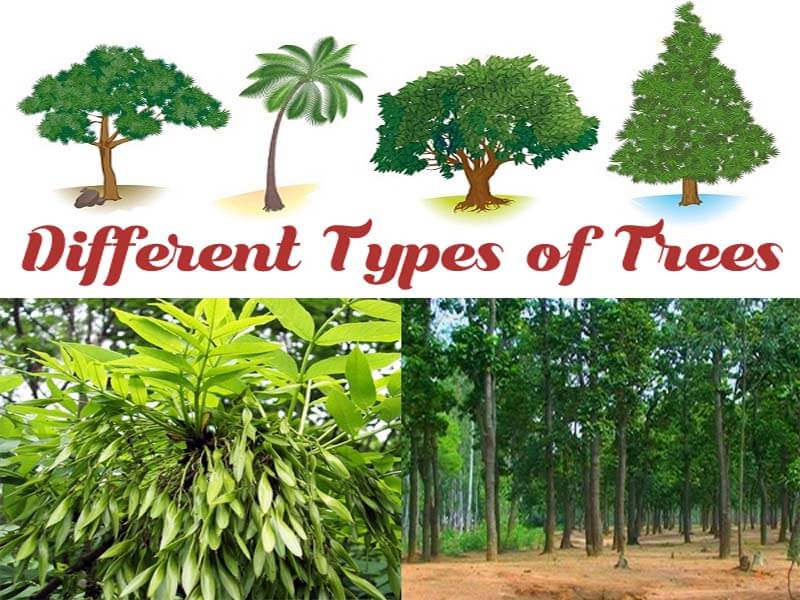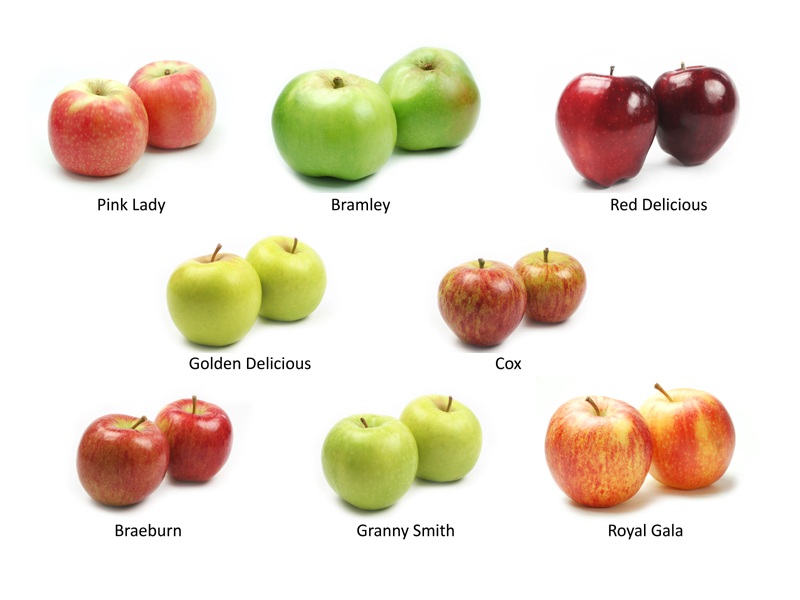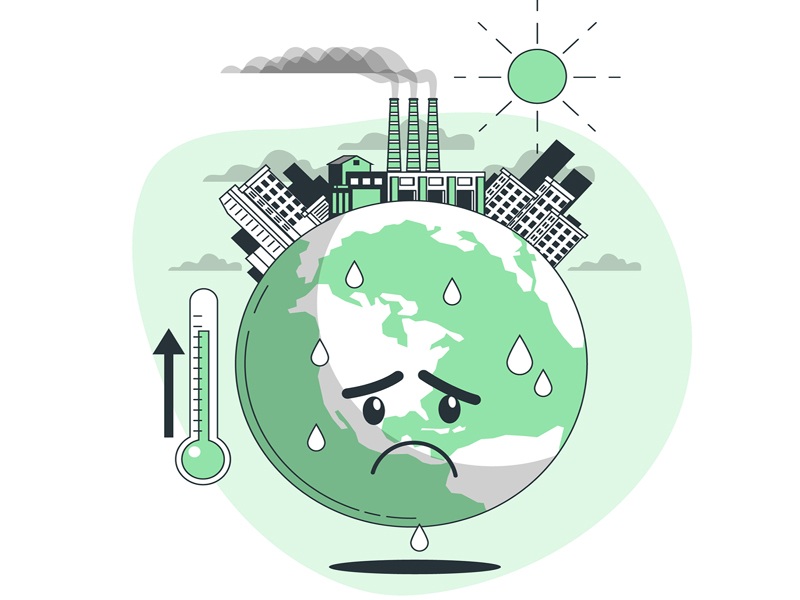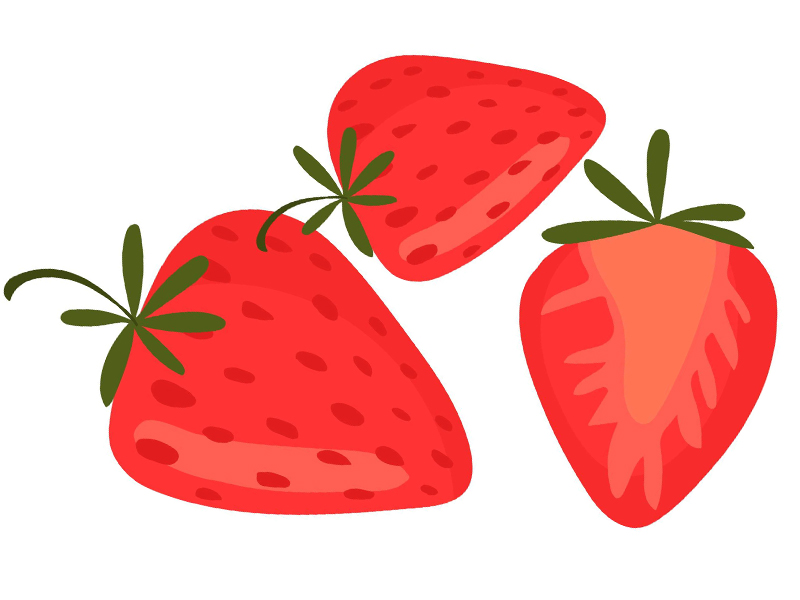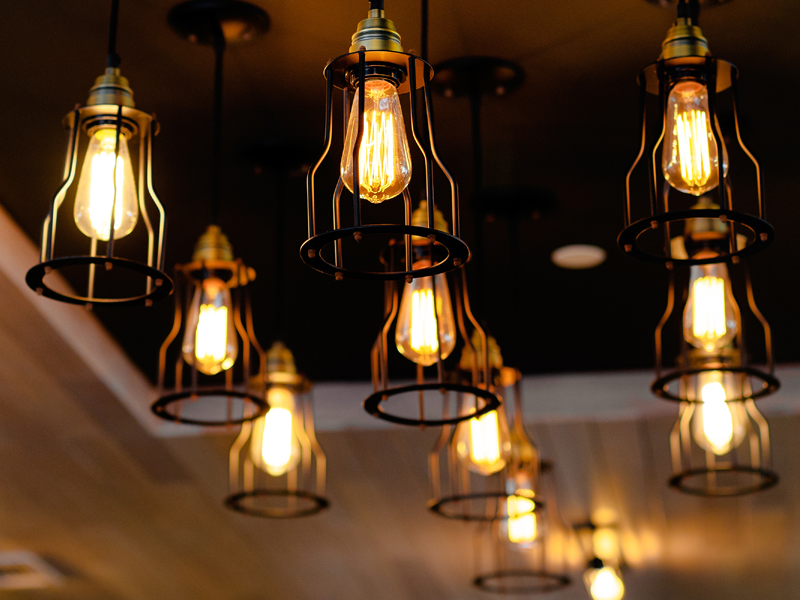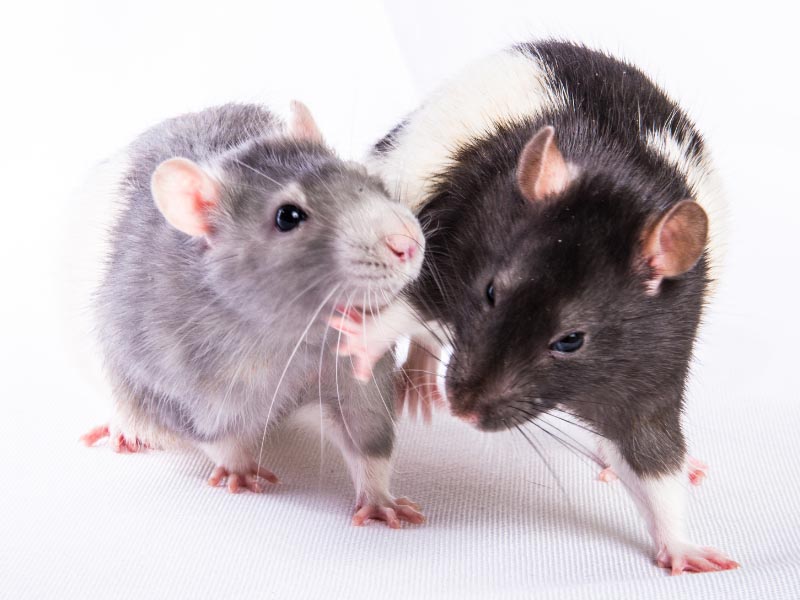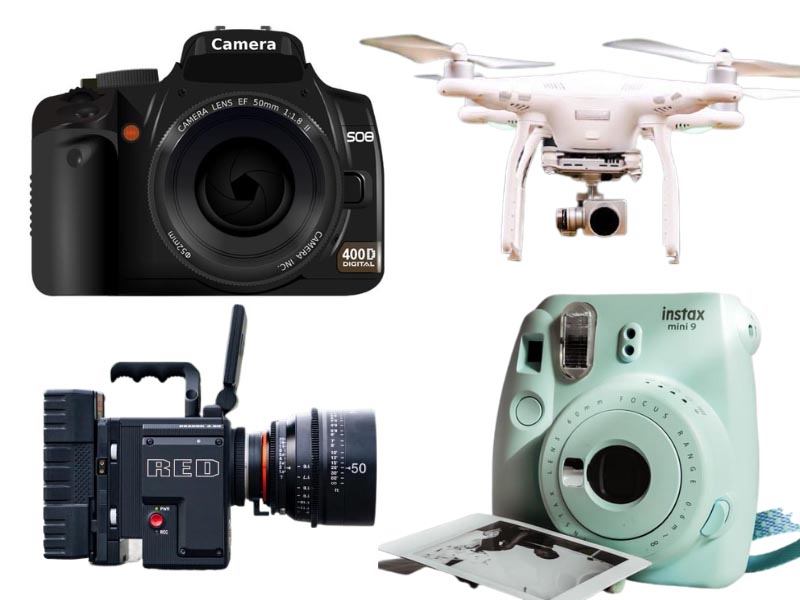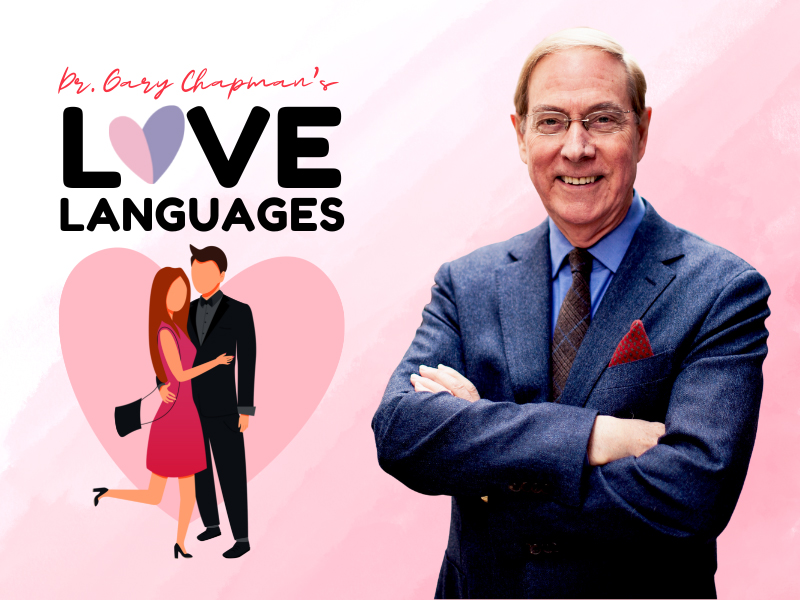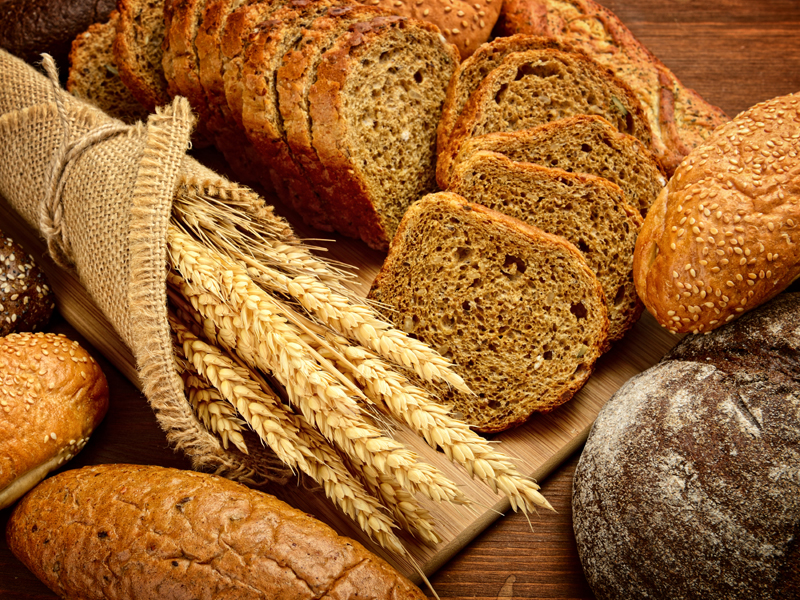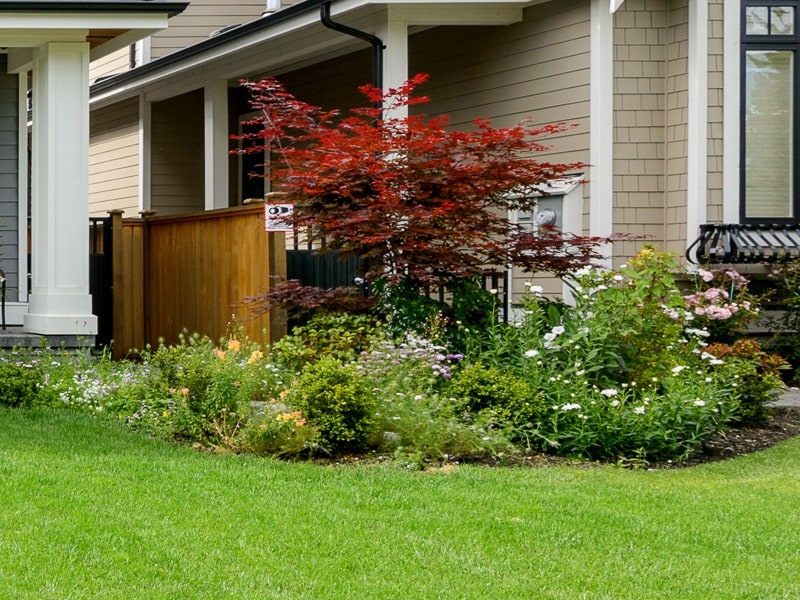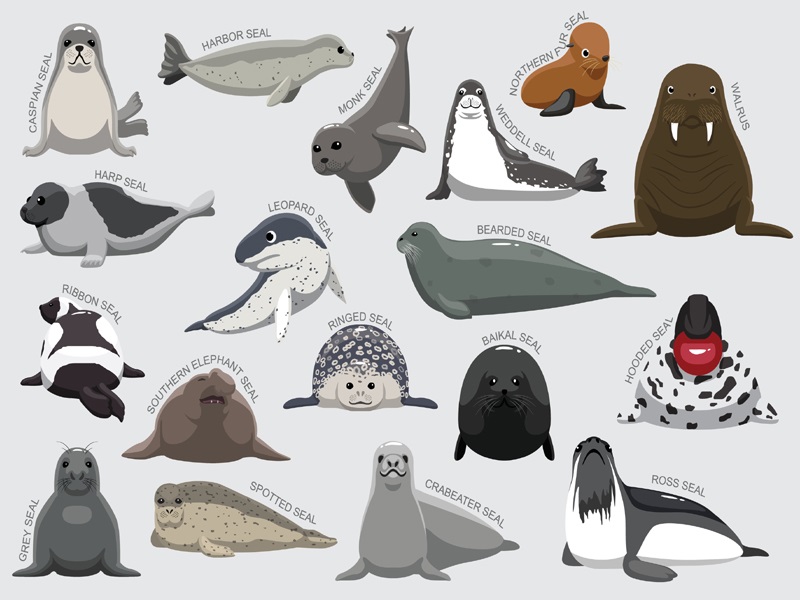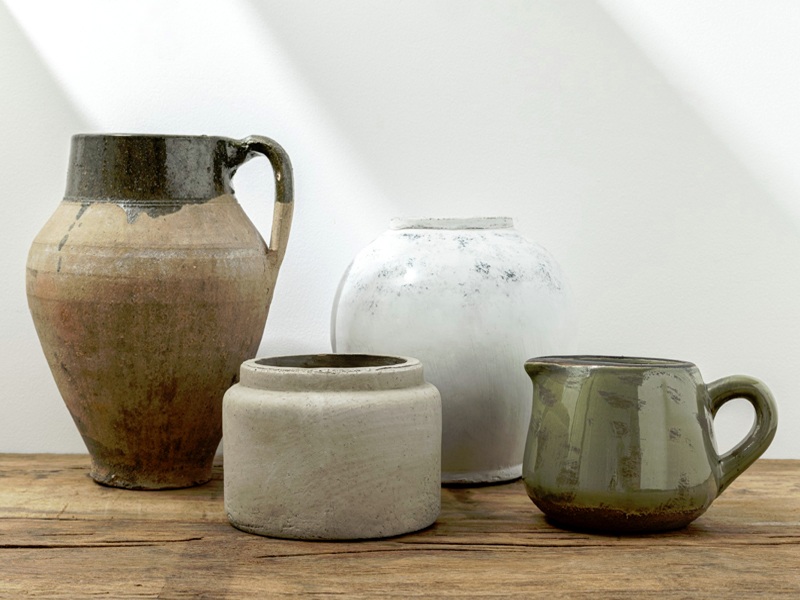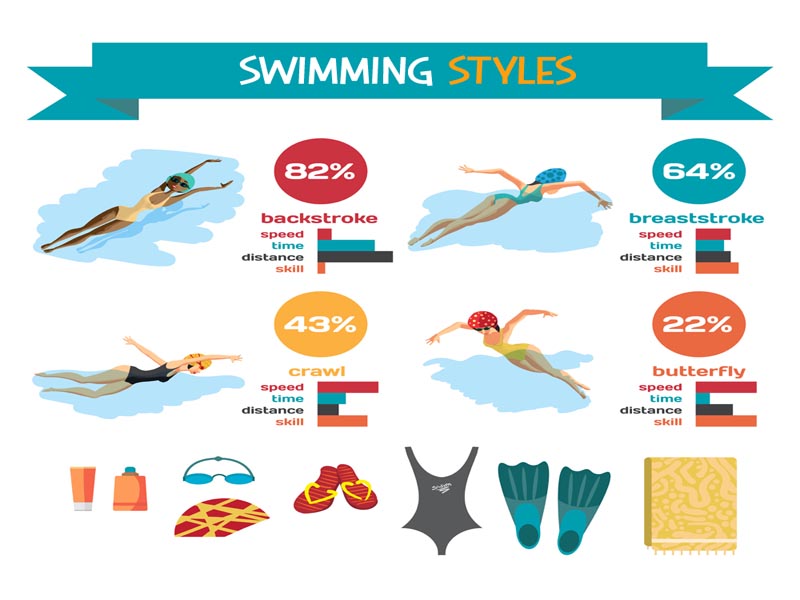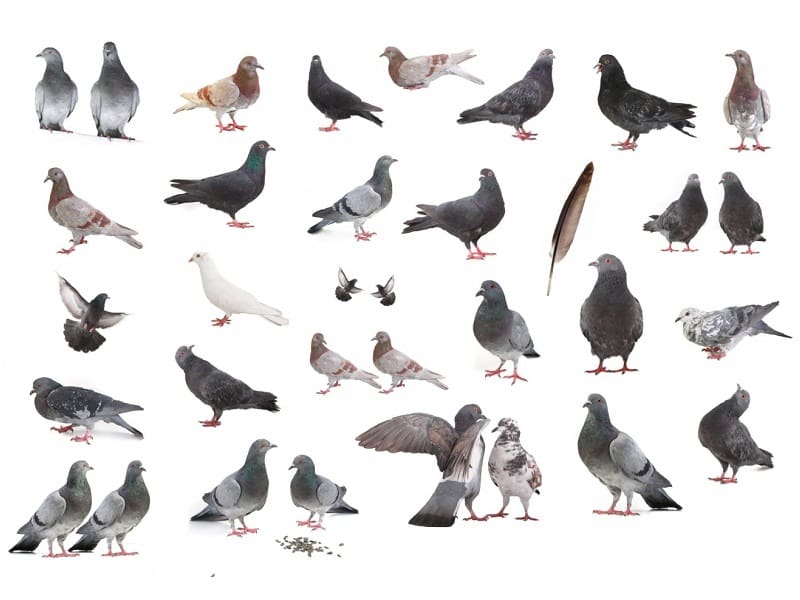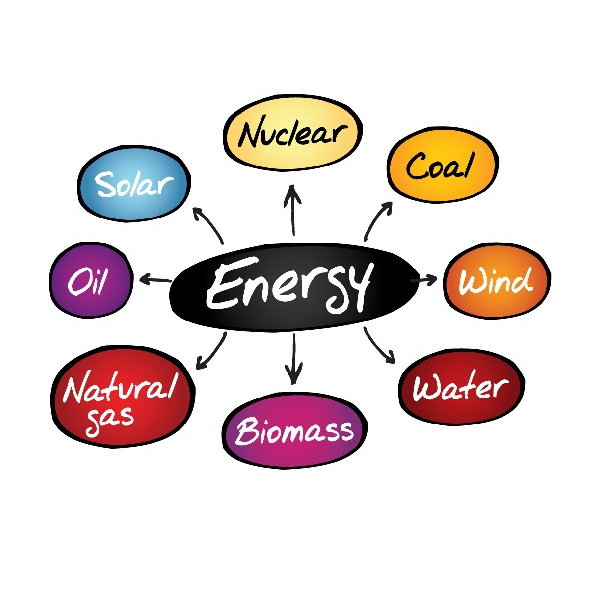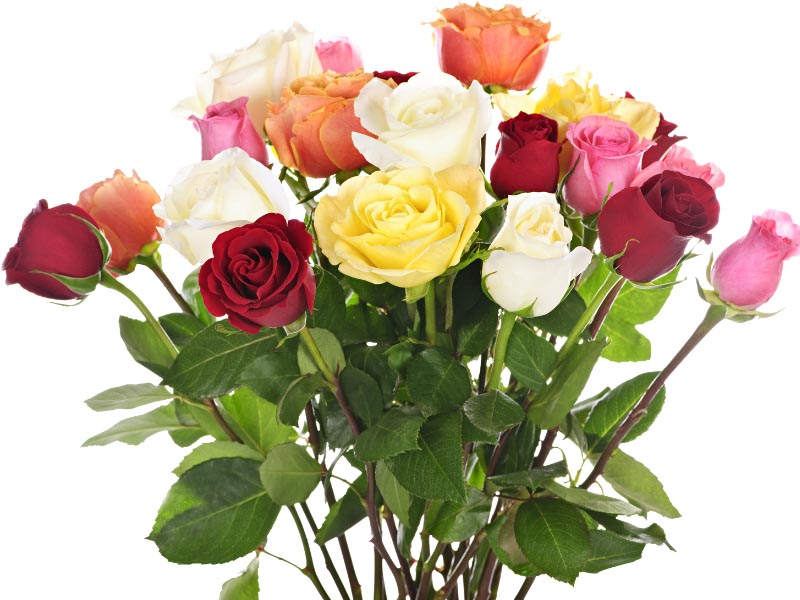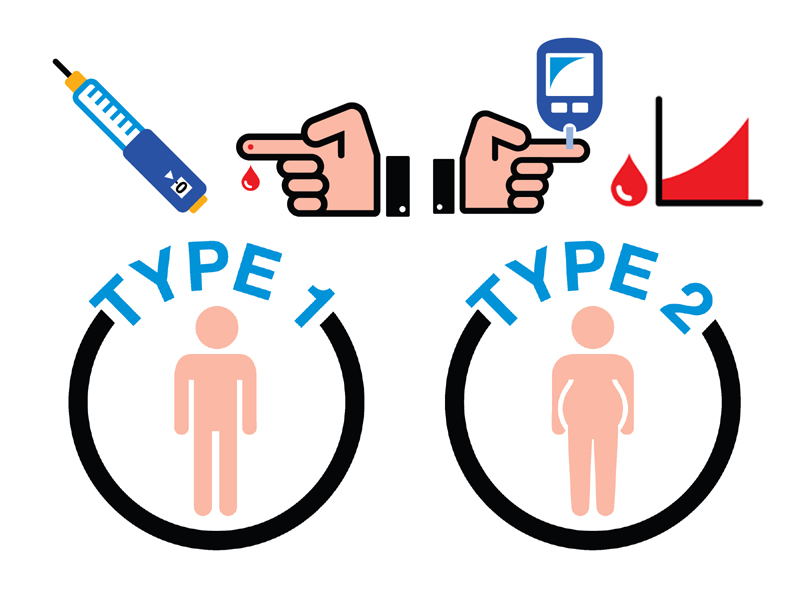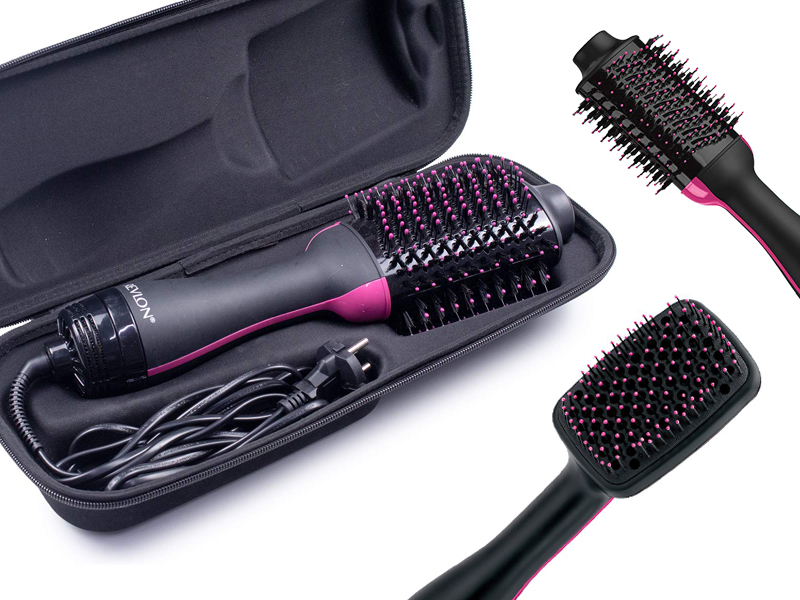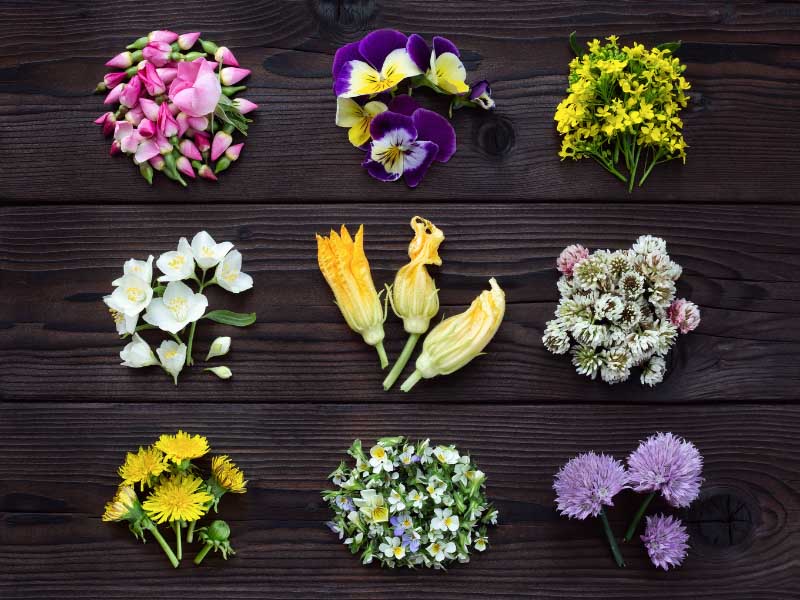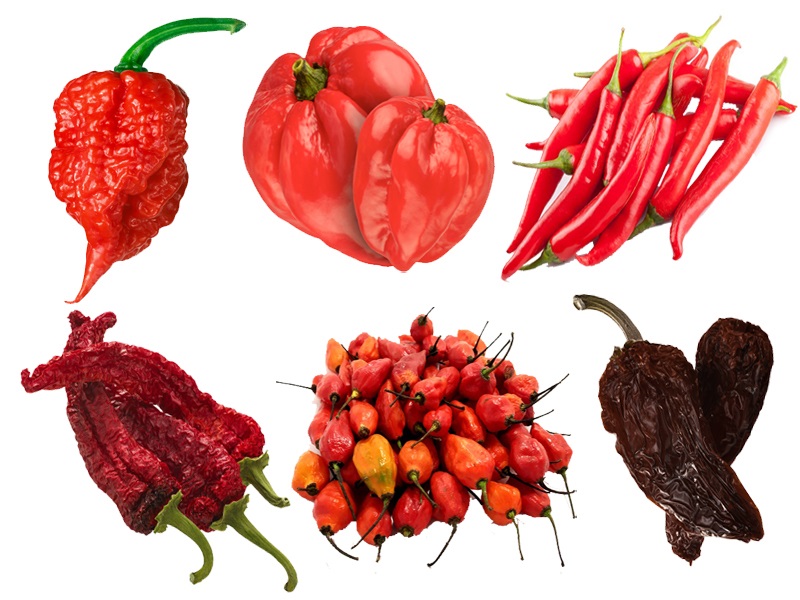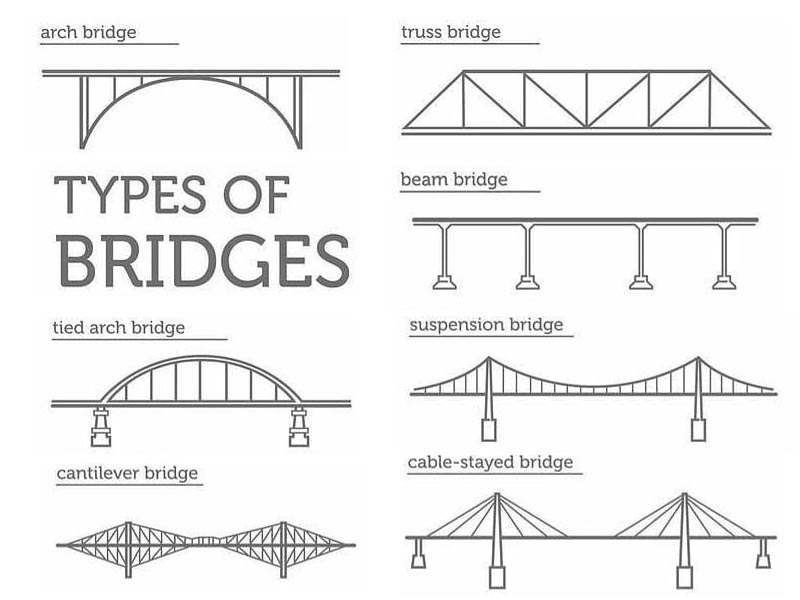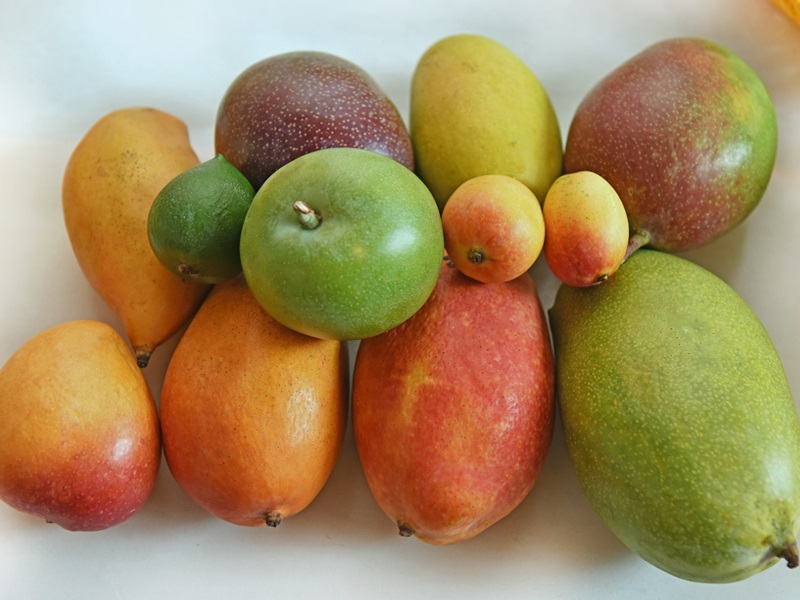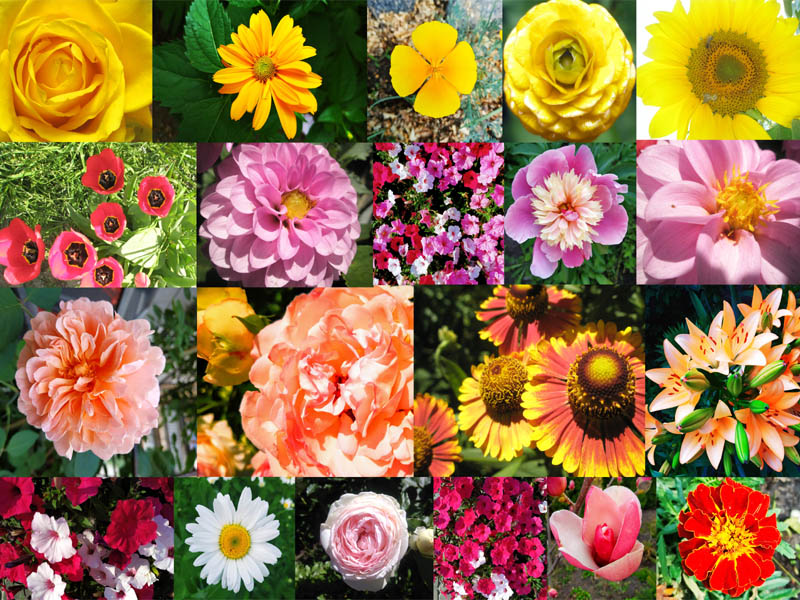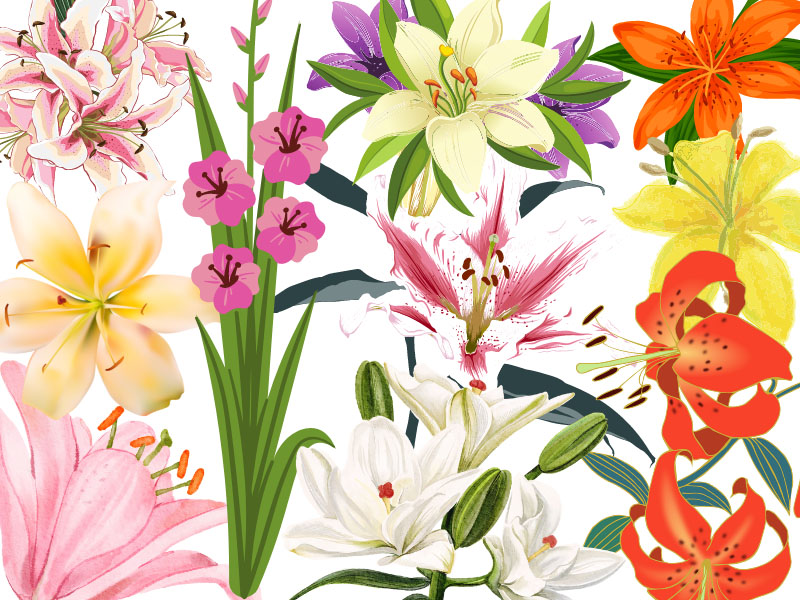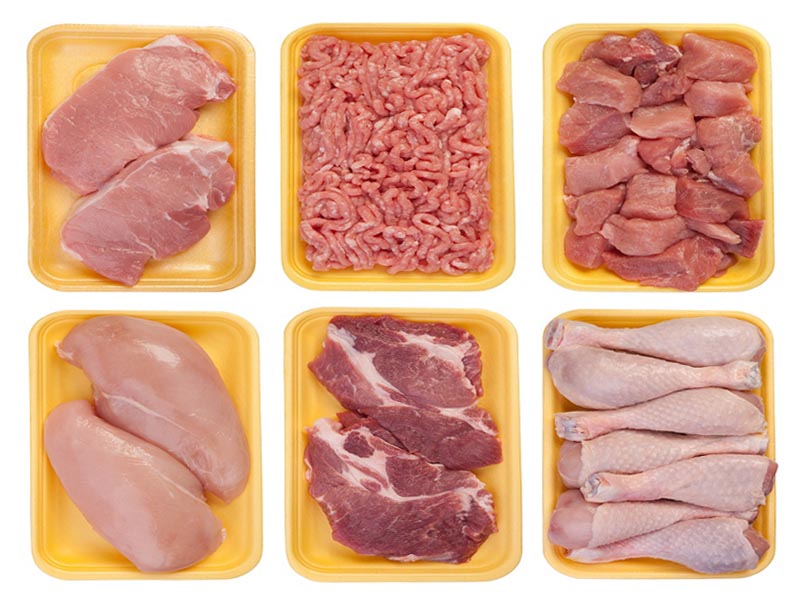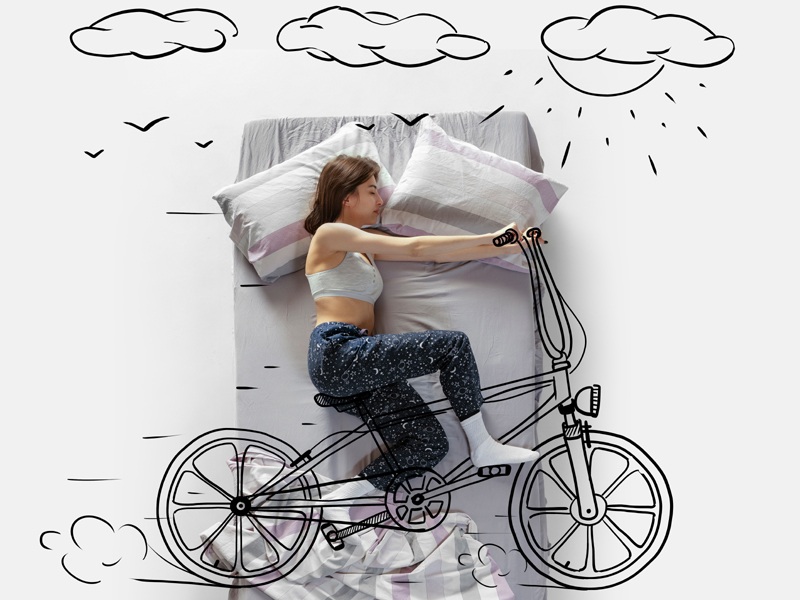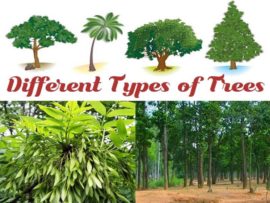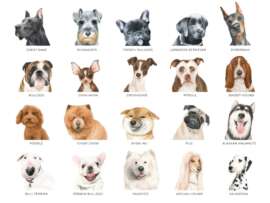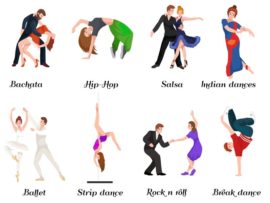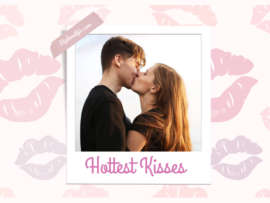Were you under the impression that fountains are just reserved for parks, museums or large houses? The different types of fountains we have explained in this article will give you new interest and a wide variety of options. In addition, you can install these fountains anywhere inside or outside your home, depending on your interest and needs. Yes! You can get what you want, whether a fountain on a patio, indoors or in the garden.
You can instantly increase the market value of a place and elevate the look of any garden with the help of a well-placed water fountain. The sound of chirping birds and cool breeze accompanied by the soothing water can be the oasis from exotic lands within reach of your backyard with an addition of a water fountain.
Therefore, without further ado, let us go through the list of different types of fountains you can go through and choose the one that suits your needs and requirements. Read on!
What is a Fountain& Its history:
A fountain is a decorative reservoir used for water discharge from the Latin ‘fons’ means source or spring. A structure that jets water into the air for dramatic effect has also termed a fountain.
The greek was said to have started using fountains as early as the 500s BC. The earliest fountain known is said to hold ceremonial, religious and drinking water in a carved stone basin from around 2000 BC. The early fountains used in ancient civilizations relied on controlling the gravity of water from the fountain, which was their main feature. As time went on, in 6 BC, ancient Romans used bronze or stone masks of animals or mythological heroes to create decorative fountains. During the middle ages, people fell out of popularity with fountains because they considered them symbols of innocence, purity, life, and wisdom. However, the popularity of fountains was on the rise in the medieval Era, though only in gardens, palace grounds or monasteries.
During the Renaissance, fountains became more complex, grand and extensive while indicating the power of wealth. In addition, the fountains designed during the Renaissance era were designed to offer relaxation, play music, and spray park visitors. Finally, the Baroque period of fountains was prominent between the 1600s and 1700s. This style flourished with the support of the powerful catholic church.
Finally, due to the widespread and accessible indoor plumbing, fountains became purely for decorative purposes by the 1900s. As a result, several types of fountains came into the picture, which could shoot water high into the air by recycling water, making them the forerunners of modern fountains.
Water Fountains Category Wise with Examples:
You can find different types of fountains in several recreational and official places. However, here are the various water fountains that are divided based on different categories:
Outdoor Types:
As the name suggests, a fountain you can place outdoors gives the space an elevated look by giving your outdoors an accent. You can incorporate these lawn ornaments anywhere: your back deck, porch, flower bed, front yard, or pool area. Some of the prominent outdoor fountain types include:
- Garden fountain.
- Wall fountain.
- Cascading fountain.
- Tiered fountain.
- Spouting fountain.
- Free-standing fountain.
- Pond fountain.
- Pondless fountain.
- Japanese fountain.
- Floating fountain.
- Pool fountain.
- Dry fountain.
Indoor Types:
The fountain types designed primarily for indoor spaces are called indoor fountains. However, since these fountains are part of urban complex projects or buildings, they are also called residential fountains. Furthermore, the indoor fountains have a highly decorative touch in a controlled way. Some of the indoor type fountains include:
- Digital curtain fountain.
- Indoor wall fountain.
- Self containedfoutain.
Fountain Styles Wise:
Whether you are looking for indoor or outdoor fountains, there are four main types of fountains to choose between floor, tabletop, wall and pool/pond fountains. Depending on your style and preference, you can design your space to make it more personal.
- Tabletop fountain.
- LED fountain.
- Waterfalls.
- Birdbath.
- Decorative fountains.
Fountain Power Source Wise:
As the name suggests, this is a category of fountains divided based on the power source used to run it.
- Electrical fountains.
- Solar-powered fountains.
- Battery-powered fountains.
- Ancient fountains.
Fountain Materials Wise:
Each fountain is different because each one is manufactured with other materials. Therefore, you can choose from various materials depending on your home requirements.
- Stone fountain.
- Fibreglass fountain.
- Bamboo fountain.
- Metal fountain.
- Acrylic fountain.
- Ceramic fountain.
- Wooden fountain.
20 Different Types of Fountains with Images:
Fountains are not a thing associated with palaces anymore. However, the evolution of fountains over the decades makes getting a fountain anywhere in your home possible. Therefore, before you decide what you want inside your house, go through the list and choose wisely.
1. Bird Bath Fountain:
If you are a person who loves nature, then you will fall in love with a birdbath fountain. Many people find a birdbath fountain appealing because installing it lets you enjoy birds coming to the yard, hence the name. A small garden is a perfect place to place this fountain as a centrepiece. Suppose you decide to purchase a birdbath fountain. In that case, you will have a great experience because it is easy to install and maintain.
The material used: Stone, Ceramic, Cement, Metal, etc.
2. Pond Fountain:
As the name suggests, a pond fountain is an outdoor water fountain that helps minimize surface vegetation by adding oxygen to the water and keeping the water clean. This process helps add value to your property, whether a commercial property like a business park, apartment complex or university. A motor powers rotating blades in a pond fountain that push water out through a pipe into the fountain after drawing in water through a filter.
The material used: Plastic, Resin, Concrete, and Metal.
3. Wall Fountain:
A fountain you can integrate into a wall is called a wall fountain, hence the name. These fountains are perfect for courtyards, mega mansions or even small patios. In addition, you can customize these fountains to the wall to be space efficient and come in different styles. Internal tubing, a spout, a pump and a water basin are the requirements for a wall fountain. You can get this type of fountain in free-standing or mounted form. The wall fountains are easy to install and can be used indoors and outdoors. These fountains are a must-have if you are short on space.
The material used: Stone, Cement.
4. Solar Water Fountain:
It is not a surprise that we have solar-powered fountains because of today’s age of innovation. However, the defining factor is solar energy, whether tiered, cascading, Japanese, or fountains. The most significant advantage of solar fountains is that you don’t have to hook them up to any electric outlets. This can be an exceptional advantage when you have a large backyard.
The material used: Concrete, Terracotta, Resin, Fire glazed ceramic.
5. Tabletop Fountain:
A tabletop fountain is a small water fountain that can help you add character to any room you place. These fountains fit right into your tabletop, hence the name. You can perform your household tasks by gazing peacefully into the flowing water. The tabletop fountains not only provide a sense of relaxation while being inexpensive. This fountain is easy to set up and comes with a pump. You can get the fountain to work by plugging it into your standard electrical outlet.
The material used: Ceramic, Copper, Stone, Slate, and Glass.
6. Musical Fountain:
Also called the dancing fountain, fairy fountain or prismatic fountain, a musical fountain is a type of choreographed fountain that provides entertainment by creating aesthetic designs. As the name suggests, the water moves synchronized by reflecting and refracting the lighting effects and music display. Video projection, three-dimensional imagery, and lasers are some of the contemporary multimedia fountains. However, installing musical fountains might cost millions of dollars because they are large-scale and employ hundreds of lights and water jets.
The material used: Cement resin, Plastic.
7. Metal Water Fountains:
One of the common materials used for the manufacture of fountains is metal. This is because you can get any fountain you desire in different styles with metal. In addition, you can rely on metal fountains standing the test of time because they are sturdy. A fountain made with metal is a perfect choice if you want to incorporate one permanently in your garden.
The material used: Metal.
8. Zen water fountain:
If you want a decorative element to your home. a Zen fountain can be a perfect décor. In addition, a Zen water fountain can attempt to induce relaxation and meditation by complying with the Zen philosophy. The water stream produces natural sounds that help you relax because water is an essential element per Zen philosophy. Zen fountains look perfect anywhere, whether it is indoors or outdoors.
The material used: Rice paper, Wood or Pine needles.
9. Japanese Water Fountain:
Saying 99% of gardens in Japan have fountains will not be an exaggeration. Since immemorial, the land of the rising sun has had fountains representing physical cleansing and spirituality. Furthermore, you can also find eye-catching fountains in Japanese gardens, temples or any places with spiritual significance because they evoke tranquillity and purity. Bamboo is one of the common materials used in Japanese fountains.
The material used: Bamboo.
10. LED Fountains:
As the name suggests, a fountain includes LED lights in its design, adding functionality to the fountain. Moreover, because of the availability of different colours, you can have an impressive look in addition to the flowing water. Furthermore, you can purchase these styles of fountains in an affordable process, giving a unique look, even if it is just a lighting trick.
The material used: LED.
11. Self-Contained Fountains:
Self-contained fountains are some of the most popular types of fountains. They are not only gorgeous but also easy to install and affordable. These fountains are self-contained because they feature plumbing, pump and reservoirs. A power source and a level hand are all you need to incorporate a self-contained fountain, and you don’t even need a pool or a pond. Since they are space-efficient, self-contained fountains are commonly placed on decks or patios. They can either be heavy or lightweight, depending on the material used.
The material used: Fibreglass, Ceramic, and Stone.
12. Tiered Fountains:
If you are looking for the most traditional fountains, tiered fountains can be an ideal choice. You can find these fountains adorning many courtyards and plazas in Mediterranean regions. These fountains have a stack of multiple (usually two or three) increasing sizes of flat plates with elaborate carvings. The tiered fountains steal the spotlight with grandeur and elegance, especially in classical or traditional landscapes.
The material used: Fibreglass, Metal, Fibreglass and Cast stone.
13. Pondless Water Fountains:
The fountains that don’t require ponds or visible water features to function are called Pondless or disappearing fountains. Instead, using an underground water source is attributed to these fountains’ awe-inspiring effect. In addition to their magical functioning, Pondless water fountains feature striking art pieces like sculptures, types of columns and urns. The fountains are convenient, less maintenance, and free of debris and algae growth, in addition to their aesthetic appeal. Ensure the ground is even if you consider installing a pondless water fountain.
The material used: Large stones, Coloured landscape glass, and Lava rocks.
14. Spouting Water Fountain:
If you envision a fountain, you are likely thinking about a spouting fountain. These fountains eject water into the air, creating a dramatic effect, and they are easy to install. To place a submersible pump that spouts water properly in an existing water body, you can use a simple method. Or you can also choose more complex spouting fountain variations depending on your preference.
The material used: Caststone, Fibreglass, and Ceramic.
15. Swimming Pool Fountains:
We all love to dip in the swimming pool during summer or even throw a pool party for our friends and family. This is where installing swimming pool fountains can be a perfect addition to making your swimming experience more memorable. Installing these fountains inside your pool is easy, and you can have fun playing around with them. Most swimming pool fountains are for above-the-ground swimming pools where it can shoot out water. Furthermore, you can use LED lighting effects to make the water appear in different colours.
The material used: Plastic.
16. Cascading Water Fountain:
A cascading water fountain is an ideal choice if you can enjoy fountains for their tranquil qualities and elegance. A cascading fountain model can help you relax and soak in the atmosphere. At the same time, you sit and enjoy the slight of flowing water. Generally, these fountains have different levels where the water cascades from the top to downwards. Different cascading fountains feature columns depicting water flow from a hill or mountain or designs featuring three more prominent basins on the top and getting smaller as they get down.
The material used: Ceramic, Cement, etc.
17. Decorative Statue Fountains:
As the name suggests, fountains that serve the purpose of being decorative are termed decorative statue fountains. These statue-style fountains range from affordable to high-end ones for just about anyone. Additionally, your garden can have a fun vibe when fountains can double as statues. For example, you can evoke a fun vibe when they feature designs of cute animals or small children playing, to name a few.
The material used: Ceramic, Metal, and Fibreglass.
18. Waterfall Fountain:
As the name suggests, miniature waterfalls that imitate the actual waterfall’s look and feel are called waterfall fountains. People use these fountains indoors and outdoors, which makes them extremely popular despite their relatively large size. There is a wide variety of these, from more straightforward to complicated versions. For instance, you can use different types of marbles to get relatively cheap or expensive me
The material used: Types of marbles.
19. Digital Fountains:
Digital fountains are curtains of water made up of software-controlled water jets. These fountains can develop real-time and broadcast data that delivers digital media over networks by optimizing it. Additionally, you can use these screens to showcase different designs, patterns and messages.
20. Dry Fountains:
If you are looking for playful and interactive fountains, then dry fountains are an ideal choice. These fountains come with devices that help control the jets of water in the fountain. Additionally, the dry fountain has sensors which trigger the jets placed at the ground level when someone walks by them springing up water.
Interesting Facts About Fountains:
Here are some of the essential facts about different fountain types that you might find interesting:
- Though water fountains have been used for decorative purposes, many used them for amusement. For example, fountains with timed water jets can be found in many zoos or theme parks.
- The use of water fountains for amusement, like drenching spectators, dates back to the Les Merveilleux de Hesdin to the late 13th century.
- The Romans pioneered the water fountains in 2000 BC with unique pressurized systems and other features.
- There was a depiction of biblical figures on the ancient water fountains. Example: The Fontana Maggiore features scenes from Genesis, notable saints and prophets.
- Though fountains can be used to bathe or used as drinkable water sources, fountains are commonly ornamental purposes.
- Ancient greeks created the earliest known fountains in the 500s BC to provide drinking water to the city residents by using gravity to pull water from higher-level aqueducts.
- Sprays, bubbles or overflows are usually found in indoor or outdoor fountains.
- The King Fahs’s fountain started operating in 1985, spurting salt water into the air to 260 meters or more in 2015. This fountain is located in the Red sea in Jeddah, Saudi Arabia, in the Middle East. It is the world’s highest permanent and constant fountain.
- Contemporary fountains are often plainer and sleeker, whereas some are artistic, decorated and stylized.
- Fountains also use computer-based programs for spectacular light displays and music works.
- Ornamental fountains recycle water, whereas modern fountains spray water upwards since they are powered by electricity and utilize pumps.
Final Thought:
Suppose you are looking to install a fountain inside or outside your home. In that case, knowing the different types of fountains is essential to make a proper choice. This is where the information provided in this article can come in handy. We hope the information we provided will enhance your newfound interest in fountains. Don’t forget to let us know if you found the article helpful!
Disclaimer: The information provided in this article is based on pure research. The website is not responsible for the authenticity and accuracy of the information.


